Table of Contents
Birthstones are more than just beautiful jewelry, they’re ancient symbols of identity, energy, and protection. Each month of the year is associated with a unique gemstone (or a few), and over time, these gems have become deeply connected to personality traits, spiritual meanings, and historic rituals. Whether you want to give someone a meaningful present or you just want to understand your birthstone better, this guide's got you covered. We will discuss the birthstone for each month, talk about its color, symbolism and energetic importance in your life.
January : Garnet
Color: Red is more common (and also mentioned more significantly in ancient literature) however garnets are also found in green (tsavorite), orange (spessartite), and purple varieties
Symbolism: Protection, strength, devotion, grounding
Historical Roots: Garnet has been January’s birthstone since ancient times. The name "garnet" comes from "granatum", a Latin word, meaning “pomegranate,” as the stone resembled to the fruit’s rich red seeds.
Garnet was used by Ancient Egyptians in amulets and jewelry and by the Romans in signet rings. In the Middle Ages, garnet gemstones was believed to offer protection during travel, prevent nightmares, and heal wounds, especially those of the heart.

Back in those days, people also used to bury it with pharaohs and nobility as a symbol of safe travel into the afterlife. As per the Christian tradition, it was said to light the way on Noah’s Ark, symbolizing divine guidance in dark times.
Emotional Energy: It is believed that garnet helps with activating passion, that fire you need to do better in your life, all while keeping you grounded. It especially resonates with January-born individuals who often embody ambition, stability, and inner fire. Garnet provides the energetic spark to set healthy intentions for the year ahead, strengthening your commitment and courage that too during winter’s most introspective season.
Spiritual Pairing:
- Pair garnet with black tourmaline for deep grounding,
- Garnet with rose quartz can balance passion with love.
- Combine with carnelian for creative confidence.
Explore how Garnet became the birthstone of January and other related information to help you buy garnet online safely.
February : Amethyst
Color: Generally an amethyst is purple however depending on origin, an amethyst ranges from pale lavender to deep violet
Symbolism: Intuition, peace, sobriety, spiritual clarity
Historical Roots: Amethyst has always been the birthstone of February, dating back to ancient Greece and Rome, unbelievable right? The word amethyst crystal comes from “amethystos” which in Greek means “not intoxicated”- a reflection of the belief that this gemstone could prevent drunkenness. This has a story of its own.

However for royal families, amethyst wasn't just a symbol of protection. It was a symbol of royalty, a color that set them apart from everyone else,something so regal that for a very long time only the nobleties could wear it.
In Tibetan Buddhism, amethyst was considered sacred to the Buddha and used in prayer beads. Christian bishops still wear amethyst rings to represent spiritual purity and wisdom.
Its deep purple hue was once as prized as rubies or sapphires, and it was reserved for nobility and clergy. It only became affordable in modern times after large deposits were found in Brazil.
Emotional Energy: Amethyst is a third-eye and crown chakra stone that enhances intuition, eases anxiety, and protects from spiritual burnout. It’s ideal for February-born individuals who often lean toward introspection, imagination, and emotional sensitivity. Amethyst encourages emotional clarity, dreamwork, and inner peace.
Spiritual Pairing: Pair amethyst with clear quartz for amplified spiritual insight, or with moonstone for emotional healing. Combine with black obsidian to protect the mind from overthinking or intrusive thoughts.
Fact : Did you know Amethyst became the feb-stone because Saint Valentine wore it as a ring while secretly marrying off lovers against the will of the king? I was just as confused as you and confusion couldn’t go without a research. Check out our article on Why is amethyst known as the Feb birthstone
March – Aquamarine
Colors:
-
Aquamarine: Pale blue to sea-green
-
Bloodstone: Deep green with red specks
Symbolism:
-
Aquamarine: Tranquility, clarity, courage
-
Bloodstone: Vitality, strength, protection
Historical Roots:
While aquamarine is recognized today as March's modern birthstone, the original and ancient birthstone for March was bloodstone, a dark green chalcedony flecked with iron oxide that resembles drops of blood. In Ancient Rome and India, bloodstone was believed to have magical healing properties, especially for blood-related illnesses and battlefield injuries. Warriors would carry it for strength and protection.

Aquamarine, on the other hand, has a more serene legacy. The name comes from the Latin aqua marina, meaning “sea water,” and the gem was believed to calm rough seas and protect sailors. Adopted more widely in the 20th century as March's modern birthstone, it represents clear communication and emotional flow—aligned with the energy of the throat chakra.
Emotional Energy:
-
Aquamarine is perfect for sensitive or emotionally intense individuals born in March. It brings cooling, calming energy, helping regulate stress, improve honest communication, and reduce anxiety.
-
Bloodstone is grounding and energizing—ideal for March-born people who want strength through life transitions. It encourages courage, perseverance, and resilience, especially in the face of adversity.
Spiritual Pairing:
Wearing both aquamarine and bloodstone honors both emotional and physical well-being—balancing softness with strength, intuition with action.
Discover more on What made Natural aquamarine gemstone the March birthstone and why it replaced bloodstone which was the original/ancient birthstone of march.
April – Diamond
Color: Typically clear or white, but also found in yellow, champagne, black, pink, and blue varieties
Symbolism: Strength, purity, clarity, eternity, resilience
Historical Roots: Diamond has long been the birthstone for April, recognized in both traditional and modern charts. First discovered in India around 4th century BCE, diamonds were believed to be shards of fallen stars or hardened lightning. Ancient Hindus saw them as protective talismans and set them into armor for kings. The Greeks called it adamas, meaning “unbreakable,” and associated it with invincibility.

By the Middle Ages, diamonds symbolized unwavering strength, and in Renaissance Europe, they became a token of eternal love and status. The diamond's role in engagement rings can be traced to the 15th century when Archduke Maximilian of Austria gave one to Mary of Burgundy.
Today, diamonds continue to represent commitment, mental clarity, and personal brilliance—making them a fitting stone for the bold, determined energy of April-born individuals.
Emotional Energy: Diamond is associated with the crown chakra, enhancing spiritual light and awareness. It’s an amplifier, meaning it increases the power of thoughts, intentions, or even other stones. For April babies—who are often leaders, pioneers, and visionaries—diamond supports mental strength, emotional resilience, and purity of intention.
It also reminds us that pressure creates beauty. Just like the diamond forms under extreme conditions, April-born individuals are often shaped by their ability to thrive through challenges.
Spiritual Pairing: Pair diamonds with sapphire for wisdom, emerald for heart-centered leadership, or black onyx to balance ambition with grounding.
Planning to buy natural gemstones online? Check out Gemstonesforsale to get your hands on authentic stones that are ethically sourced (and come with a solid return policy in case the quality doesn’t match up).
May – Emerald
Color: Lush green to deep, vibrant green
Symbolism: Rebirth, love, wisdom, abundance, foresight
Historical Roots: Emerald has been associated with May since ancient times and remains its official birthstone in both traditional and modern charts. The stone was sacred to Venus, the Roman goddess of love and fertility. In ancient Egypt, emeralds were mined as early as 330 BCE and were a favorite of Cleopatra, who wore them in her royal regalia and gifted them to diplomats as symbols of peace and prosperity.

In Medieval lore, emeralds were believed to reveal truth, strengthen memory, and even allow their wearer to foresee the future. The Incas and Aztecs of South America also revered emerald as a divine stone, linking it to the earth and harvest.
Emotional Energy: Emerald connects deeply with the heart chakra, bringing emotional healing, compassion, and a powerful sense of growth. It’s the perfect stone for May-born individuals, who often embody nurturing, fertile, and stabilizing energy. Just as nature blooms in May, emerald enhances your ability to blossom emotionally, spiritually, and creatively.
Emerald helps build emotional resilience, encourages wise decision-making, and deepens your capacity for unconditional love—toward others and yourself.
Spiritual Pairing: Pair emerald with rose quartz for heart healing, amethyst for clarity and emotional regulation, or lapis lazuli for inner wisdom and truth.
Buy certified natural stones online with prices starting at $5.
June – Pearl, Moonstone & Alexandrite
Colors:
-
Pearl: White, cream, pink, silver, black
-
Moonstone: Milky white with blue or rainbow sheen
-
Alexandrite: Color-changing — green in daylight, red-violet under incandescent light
Symbolism:
-
Pearl: Purity, emotional balance, wisdom
-
Moonstone: Intuition, new beginnings, divine feminine energy
-
Alexandrite: Transformation, duality, personal growth
Historical Roots: June is one of the few months with three birthstones, each reflecting a different aspect of its deeply emotional, introspective energy.
Pearl is the most traditional of the three. Revered for thousands of years, it is unique among gemstones because it's organic — formed by living mollusks. In Ancient China, pearls symbolized wisdom and were believed to protect against fire and dragons. In Ancient Rome, they were associated with wealth and social standing. Pearls were once so rare they were reserved for royalty and high-ranking clergy.

Check out our natural pearl and mother of pearl collection with carvings starting at $6.
Moonstone also has ancient roots. In Hindu mythology, it was believed to be solidified moonlight. In Rome, it was associated with the moon goddess Diana and thought to bestow love, wisdom, and second sight. Moonstone has been linked to fertility, emotions, and sacred femininity across multiple cultures.
Read how moonstone became a birthstone and its cultural legacy across time.
Alexandrite, by contrast, is the modern birthstone for June, discovered only in the 19th century in Russia’s Ural Mountains. Its remarkable color change became a symbol of balance and duality — light and shadow, masculine and feminine, body and soul. Because of its rarity and dramatic nature, it’s often seen as a gem of transformation and personal power.
Emotional Energy: June-born individuals are often emotionally deep, adaptable, and naturally intuitive. These three stones reflect different dimensions of that emotional richness:
-
Pearl connects to the sacral and heart chakras, nurturing emotional balance and fostering honesty in relationships. It calms chaotic feelings and promotes self-compassion.
-
Moonstone activates the third eye and crown chakras, supporting inner wisdom, synchronicity, and new beginnings. It’s a powerful guide during transitions or emotional cycles.
-
Alexandrite balances the heart and solar plexus, giving strength to transform and evolve while remaining centered in one’s truth.
Spiritual Pairing:
-
Combine pearl + rose quartz for emotional softness and self-love
-
Pair moonstone + labradorite for intuitive activation and dreamwork
-
Use alexandrite + amethyst for clarity during change and energetic alignment
Buy moonstone crystal online from India, Australia, Russia all at Gemstonesforsale with prices starting at $5.
July – Ruby
Color: Fiery red to deep crimson
Symbolism: Passion, vitality, courage, protection
Historical Roots: Ruby has been July’s birthstone for centuries in both traditional and modern charts. In ancient Sanskrit, it was called ratnaraj, meaning "king of precious stones." Warriors in Burma (modern-day Myanmar) believed that inserting rubies into their flesh made them invincible in battle. In Medieval Europe, rubies were prized for their association with love, power, and divine protection.

In ancient folklore, rubies were thought to glow with an inner fire and were said to darken in the presence of danger. The ruby's rich red hue became a symbol of the heart’s desires, from romantic love to creative expression and spiritual willpower.
Emotional Energy: Ruby activates the heart and root chakras, bridging deep emotional passion with grounded action. July-born individuals often exude confidence, leadership, and high emotional intensity. Ruby enhances courage, strengthens boundaries, and boosts motivation—making it ideal for those who thrive in high-energy roles or creative pursuits.
It’s also a stone of self-confidence and emotional resilience, helping one face fear and overcome internal blockages.
Spiritual Pairing:
-
Ruby + Garnet: For deep-rooted passion and protection
-
Ruby + Citrine: For confidence and manifestation
-
Ruby + Clear Quartz: To amplify courage and willpower
August – Peridot
Color: Lime green to olive green
Symbolism: Renewal, joy, prosperity, cleansing
Historical Roots: Peridot is one of the few gemstones that occur in only one color: green. It has been linked to August since ancient times and remains its birthstone in both traditional and modern charts. The earliest known source was the volcanic island of Zabargad in Egypt, where it was called the “gem of the sun.” Ancient Egyptians believed it could ward off evil spirits and night terrors.

Interestingly, some peridot also comes from meteorites (pallasites), adding cosmic significance to its history. In medieval Europe, peridot was set in religious objects to symbolize divine light and was thought to heal the heart and lift depression.
Emotional Energy: Peridot aligns with the solar plexus and heart chakras, making it a powerful emotional cleanser. It’s especially beneficial for August-born individuals who are vibrant, strong-willed, and full of life. The peridot stone helps release guilt, fear, and emotional baggage—allowing joy, prosperity, and heart-centered action to flourish.
It’s also considered a good luck stone that attracts abundance and personal growth, especially when stepping into new roles or projects.
Want to explore August birthstone history, symbolism, and how to choose the right one? Dive into our detailed August Birthstones Guide featuring Peridot, Spinel, and expert jewelry tips.
Spiritual Pairings:
-
Peridot + Citrine: For joy and prosperity
-
Peridot + Moonstone: For emotional release and healing
-
Peridot + Turquoise: For self-expression and protection
September – Sapphire
Color: Primarily royal blue, but also comes in pink, yellow, green, and white varieties
Symbolism: Wisdom, loyalty, integrity, spiritual insight
Historical Roots: Sapphire has been a birthstone for September since ancient times and remains one of the most beloved gems worldwide. The Persians believed the Earth rested on a giant sapphire, and its reflection colored the sky. In the Middle Ages, clergy wore sapphires to symbolize heaven, and kings used it to protect against poison and treachery.

Shop Sapphire Gemstones Online
In Hindu astrology, blue sapphire is associated with Saturn and is considered one of the most powerful and potentially transformative gems—used carefully, it brings discipline, success, and spiritual awakening.
Emotional Energy: Sapphire resonates with the third eye and throat chakras, supporting clarity of thought, inner truth, and responsible communication. September-born individuals often carry a calm, wise, and observant energy—sapphire enhances these traits while helping refine intuition and reduce mental clutter.
It also helps with decision-making, learning, and emotional detachment in a healthy, self-aware way.
Spiritual Pairing:
-
Sapphire + Lapis Lazuli: For spiritual insight and expression
-
Sapphire + Diamond: For wisdom and integrity in leadership
-
Sapphire + Labradorite: For mystical awareness and psychic activation
October – Opal & Tourmaline
Colors:
-
Opal: Milky white base with iridescent flashes of every color (play-of-color); also available in black, fire, and pink varieties
-
Tourmaline: Occurs in nearly every color—pink, green, black, blue, watermelon (pink and green together)
Symbolism:
-
Opal: Creativity, transformation, emotional amplification, mystery
-
Tourmaline: Protection, balance, emotional healing, self-expression
Historical Roots: October is blessed with two incredibly vibrant and meaningful birthstones—opal, the traditional gem, and tourmaline, its modern companion.
Opal has long been revered as a mystical stone. In ancient Rome, it was called opalus, meaning “precious stone,” and thought to contain the essence of all other gemstones due to its shifting rainbow colors. During the Middle Ages, opal was known as the “Eye Stone” and believed to grant invisibility and foresight. Arabic legends even claimed opals fell from the heavens in flashes of lightning.

However, opal’s reputation took a hit in 19th-century Europe when it was falsely linked to bad luck—likely due to a misunderstood novel. Thankfully, it has since reclaimed its rightful place as a symbol of emotional depth, artistic inspiration, and spiritual mystery.
Shop from our mesmerising collection of opal stones online, prices start at $5.
Tourmaline gemstone, a newer addition to the October birthstone list, was embraced for its dazzling range of colors and powerful metaphysical properties. Its name comes from the Sinhalese word turmali, meaning “mixed gems.” It was often mistaken for other stones until its unique composition was better understood. Tourmaline gained popularity in the 20th century, especially for its ability to protect against negative energy and balance the chakras.
Emotional Energy: October-born individuals are often known for their emotional sensitivity, creativity, and magnetic presence. These stones reflect and support that complexity:
-
Opal resonates with the crown and heart chakras, drawing out emotional blockages and amplifying both joy and sorrow. It helps you embrace your full emotional spectrum, making it an ideal stone for creatives, healers, and empaths.
-
Tourmaline is more grounding, especially black and green varieties. It supports the root, heart, and throat chakras, depending on color. Pink tourmaline soothes the heart, green encourages growth, and black shields from negativity. This makes tourmaline a balancing counterpart to opal’s emotional intensity.
Together, they offer October-born individuals the ability to feel deeply, express freely, and stay energetically protected. Tourmaline stabilizes the emotional openness that opal enhances.
Spiritual Pairing:
-
Opal + Moonstone: For emotional healing and creative awakening
-
Tourmaline + Smoky Quartz: For grounding and energy clearing
-
Pink Tourmaline + Rose Quartz: For deep heart healing and unconditional love
Learn about Why opal is October’s birthstone.
November – Citrine & Topaz
Colors:
-
Citrine: Golden yellow, honey, amber, light orange
-
Topaz: Typically golden-yellow or blue, but also found in pink, clear, green, and imperial shades (orange with pink undertones)
Symbolism:
-
Citrine: Joy, abundance, manifestation, mental clarity
-
Topaz: Focus, protection, honesty, emotional healing
Historical Roots: November is represented by two radiant birthstones that echo the golden warmth of late autumn: citrine, the modern gem, and topaz, its classical counterpart.
Topaz has one of the oldest birthstone associations, dating back to the biblical Breastplate of the High Priest, where it was said to protect against envy, illness, and mental disturbances. Ancient Greeks believed topaz gave strength to warriors and helped prevent sudden death. In the Middle Ages, it was worn to cure “lunacy” and was believed to cool tempers.

Although the term “topaz” was often used historically to refer to many yellowish stones, the gem we know today as topaz became officially recognized in modern gemology for its unique hardness (Mohs 8) and stunning variety of colors, especially imperial topaz and Swiss blue topaz.
Citrine, a variety of quartz, gained popularity later and is now widely accepted as the modern November birthstone due to its affordability and accessibility. Ancient Romans used citrine for carved intaglios, while in Chinese feng shui, it’s considered a “merchant’s stone” believed to attract wealth, success, and positivity. Its vibrant golden hue mimics the sun, and many ancient cultures believed it could carry solar energy and dispel darkness.
Emotional Energy: November-born individuals often radiate a strong, uplifting presence—warm, grounded, and generous. Citrine gemstone and topaz support that energy in distinct ways:
-
Citrine resonates with the solar plexus chakra, making it the ultimate stone of self-confidence, motivation, and manifestation. It clears self-doubt and energizes your inner drive. Ideal for creative thinkers, leaders, and those on personal growth journeys.
-
Topaz, depending on its color, aligns with various chakras—blue topaz with the throat chakra (clear communication), golden topaz with the solar plexus (empowerment), and pink topaz with the heart chakra (emotional renewal). It’s a highly stabilizing stone that calms anxiety and restores inner peace.
Citrine is a spark plug; topaz is a compass. Together, they help you shine without burning out.
Want deeper insights into Citrine and Imperial Topaz? Our detailed blog on November’s Birthstones covers everything from origins to buying advice
Spiritual Pairing:
-
Citrine + Carnelian: For energy, confidence, and joy
-
Blue Topaz + Aquamarine: For clear expression and emotional calm
-
Golden Topaz + Smoky Quartz: For empowerment and protection from stress
December – Turquoise, Tanzanite & Zircon
Colors:
-
Turquoise: Sky blue to blue-green, often with black or brown veining
-
Tanzanite: Violet-blue, sometimes shifting to deep indigo or purple
-
Zircon: Clear to golden, icy blue, champagne, or teal
Symbolism:
-
Turquoise: Protection, wisdom, peace
-
Tanzanite: Spiritual awareness, transformation, truth
-
Zircon: Mental clarity, grounding, purity
Historical Roots: December is graced with three diverse birthstones, all symbolizing light, insight, and calm—apt for a month that closes the year and begins introspection.
Turquoise is the most ancient of the three, used for over 7,000 years in Egypt, Persia, and across Native American cultures. It was considered a sacred stone of protection and divine communication, often used in amulets and ceremonial objects. The Aztecs and Tibetan monks saw it as a bridge between heaven and earth.

Tanzanite is December’s modern addition, discovered only in the 1960s in the foothills of Mount Kilimanjaro. Its mesmerizing blue-violet hue quickly gained popularity for its rarity and spiritual symbolism. Linked to the third eye chakra, tanzanite helps align intuition with higher truth.
Zircon, though lesser known, is one of the oldest minerals on Earth—dating back over 4 billion years. Often confused with diamond due to its brilliance, zircon was used during the Middle Ages as a protective talisman against evil spirits, insomnia, and deception. Blue zircon is now a popular December stone, representing clarity and inner peace.
Emotional Energy: December-born individuals are often old souls—wise, compassionate, and spiritually curious. These stones reflect that with a mix of grounded strength and intuitive power:
-
Turquoise supports the throat chakra, enabling honest communication and calm in conflict. It’s ideal for those seeking emotional peace and spiritual grounding.
-
Tanzanite works through the third eye and crown, helping December souls develop insight, intuition, and spiritual purpose.
-
Zircon varies by color: blue supports calm and trust, while golden zircon activates joy and creative vision. Its energetic versatility makes it a perfect companion for complex personalities.
Spiritual Pairing:
-
Turquoise + Moonstone: For balanced emotions and feminine wisdom
-
Tanzanite + Amethyst: For intuitive awakening and psychic protection
-
Zircon + Clear Quartz: For clarity, intention-setting, and energetic reset
Final Thoughts: Wearing Time, Energy & Identity
Birthstones aren’t just sparkly decorations—they’re energetic signatures. Each one reflects the essence of its month: the icy clarity of diamond in April, the blooming heart of emerald in May, or the creative fire of opal in October.
Whether you wear your birthstone for spiritual connection, emotional healing, or simply as a token of identity, each gem carries a story. A story of the Earth, of history, of intention—and of you
Frequently Asked Questions:
Q1. What is a birthstone?
A birthstone is a gemstone linked to a specific month, believed to bring good luck and positive energy to those born in that month.
Q2. How many birthstones are there?
There are 12 primary birthstones, one for each month, though some months have more than one option.
Q3. Why do some months have multiple birthstones?
Multiple options exist to provide variety in price, color, and availability for each month.
Q4. Can I wear a birthstone not linked to my birth month?
Yes, you can wear any gemstone you like for its beauty or believed benefits.
Q5. Are birthstones the same worldwide?
Not always—different cultures may have their own traditional birthstone lists.
Q6. Do birthstones have special meanings?
Yes, each birthstone is believed to symbolize traits like love, strength, or wisdom.
Q7. How do I find my birthstone?
Simply match your birth month to its assigned gemstone in the birthstone chart.
Q8. Can birthstones be used in any type of jewelry?
Yes, birthstones can be set in rings, necklaces, bracelets, earrings, and more.
Q9. Are all birthstones natural?
They can be natural or lab-created, with lab stones offering a more affordable option.
Q10. Do birthstones make good gifts?
Yes, birthstone jewelry is a personal and meaningful gift for birthdays or special occasions.
Visited 590 No. of Time(s), 50 Visit(s) Today
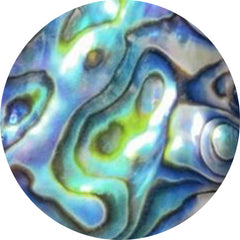 Abalone shell (122)
Abalone shell (122)
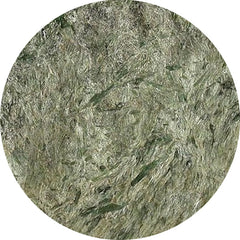 Actinolite (1)
Actinolite (1)
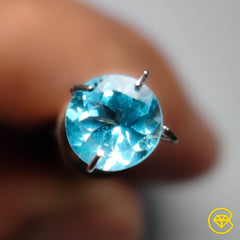 Affordable gemstones (17067)
Affordable gemstones (17067)
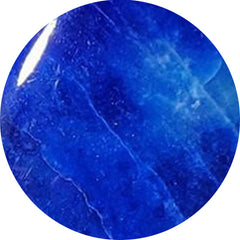 Afghanite (7)
Afghanite (7)
 Agate (2480)
Agate (2480)
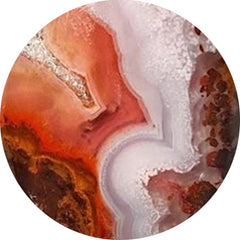 Agua nueva (11)
Agua nueva (11)
 All gemstones (1)
All gemstones (1)
 Amazonite (153)
Amazonite (153)
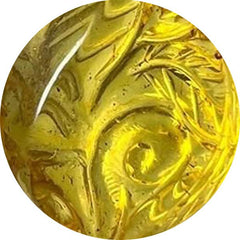 Amber (116)
Amber (116)
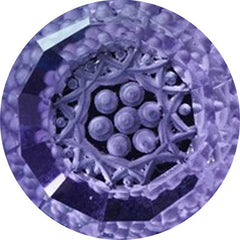 Amethyst (571)
Amethyst (571)
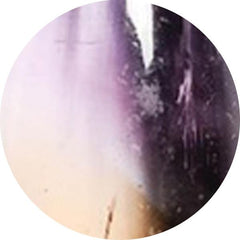 Ametrine (22)
Ametrine (22)
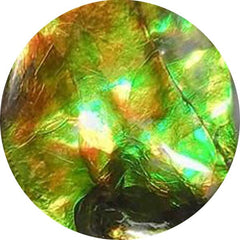 Ammolite (25)
Ammolite (25)
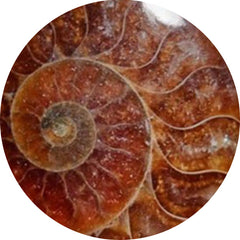 Ammonite (70)
Ammonite (70)
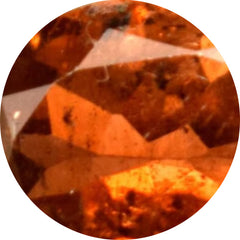 Andalusite (1)
Andalusite (1)
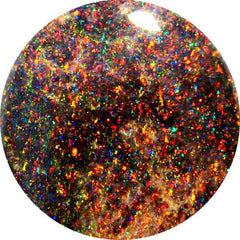 Andamooka opal (0)
Andamooka opal (0)
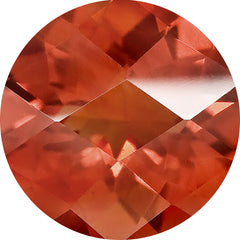 Andesine (0)
Andesine (0)
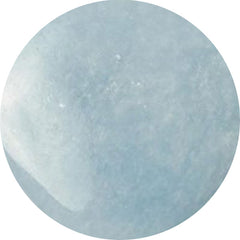 Angelite (28)
Angelite (28)
 Apache gold (22)
Apache gold (22)
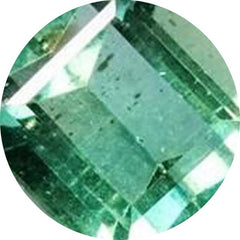 Apatite (134)
Apatite (134)
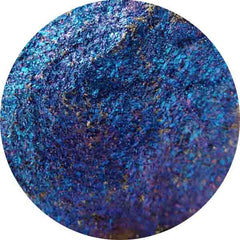 Apophyllite (1)
Apophyllite (1)
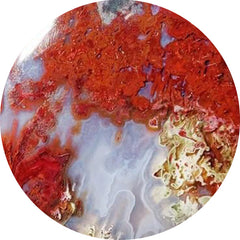 Apple valley agate (0)
Apple valley agate (0)
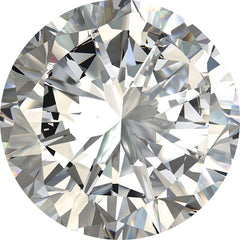 April birthstone (1844)
April birthstone (1844)
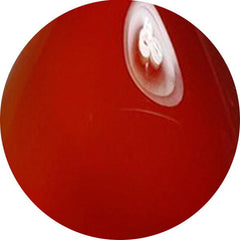 Aqeeq (0)
Aqeeq (0)
 Aqua chalcedony (18)
Aqua chalcedony (18)
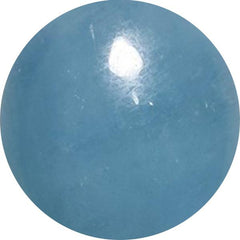 Aquamarine (77)
Aquamarine (77)
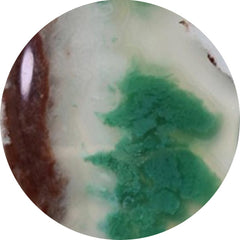 Aquaprase (64)
Aquaprase (64)
 Aragonite (16)
Aragonite (16)
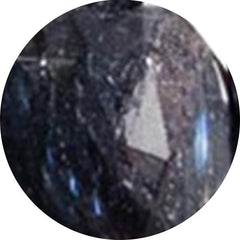 Arfvedsonite (12)
Arfvedsonite (12)
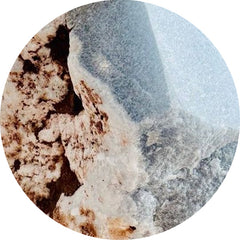 Aristolite (0)
Aristolite (0)
 Arizona turquoise (0)
Arizona turquoise (0)
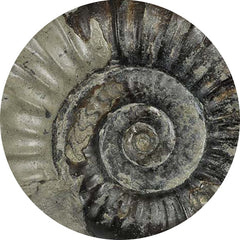 Arnioceras semicostatum fossil (0)
Arnioceras semicostatum fossil (0)
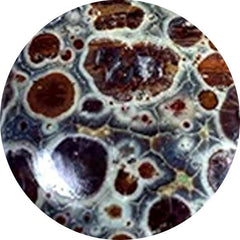 Asteroid jasper (11)
Asteroid jasper (11)
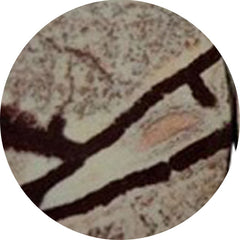 Astrophyllite (54)
Astrophyllite (54)
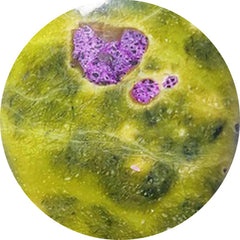 Atlantasite (87)
Atlantasite (87)
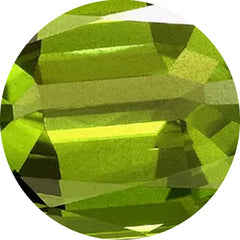 August birthstone (92)
August birthstone (92)
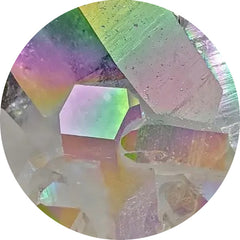 Aura quartz (0)
Aura quartz (0)
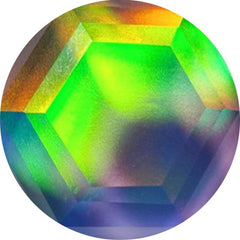 Aurora opal (314)
Aurora opal (314)
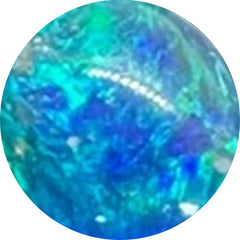 Australian opal (19)
Australian opal (19)
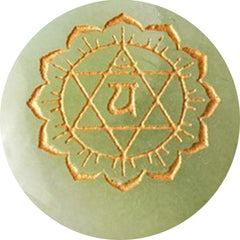 Aventurine (64)
Aventurine (64)
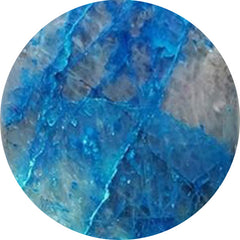 Azurite (281)
Azurite (281)
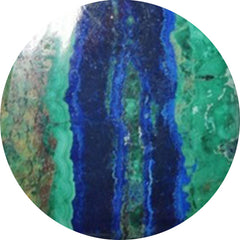 Azurite malachite (19)
Azurite malachite (19)
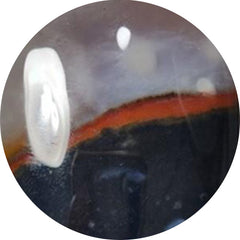 Banded agate (79)
Banded agate (79)
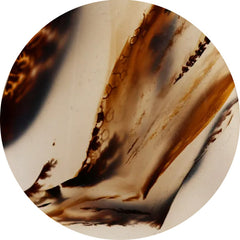 Barber agate (0)
Barber agate (0)
 Barite (13)
Barite (13)
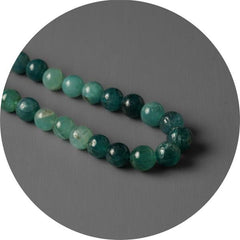 Beads (51)
Beads (51)
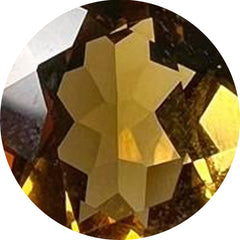 Beer quartz (23)
Beer quartz (23)
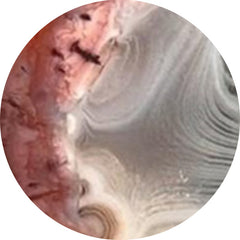 Berber agate (4)
Berber agate (4)
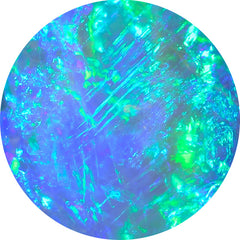 Best seller (0)
Best seller (0)
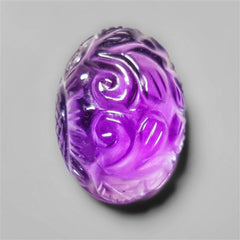 Bestsellers: a selection of our most-loved stones (448)
Bestsellers: a selection of our most-loved stones (448)
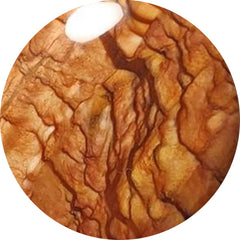 Biggs jasper (29)
Biggs jasper (29)
 Bird carving (104)
Bird carving (104)
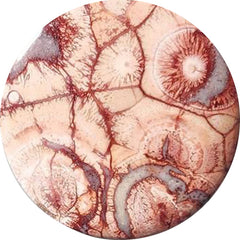 Bird eye jasper (45)
Bird eye jasper (45)
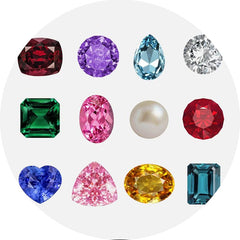 Birthstones (0)
Birthstones (0)
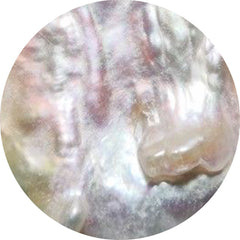 Biwa pearl (34)
Biwa pearl (34)
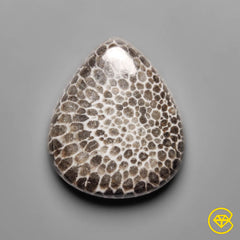 Black gemstones (943)
Black gemstones (943)
 Black onyx (180)
Black onyx (180)
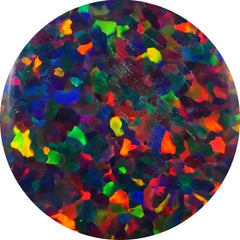 Black opal (33)
Black opal (33)
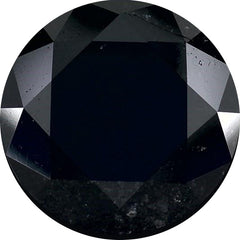 Black spinel (33)
Black spinel (33)
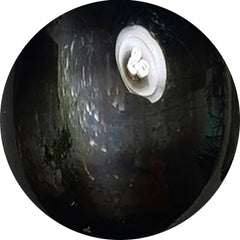 Black star (31)
Black star (31)
 Black tourmaline (77)
Black tourmaline (77)
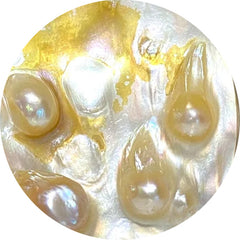 Blister pearl (30)
Blister pearl (30)
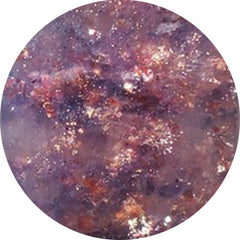 Bloodshot iolite (77)
Bloodshot iolite (77)
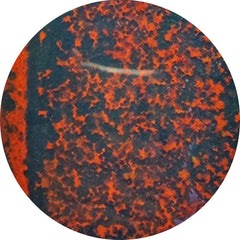 Bloodstone (66)
Bloodstone (66)
 Blue chalcedony (41)
Blue chalcedony (41)
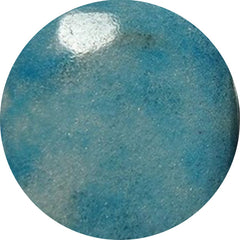 Blue diopside (0)
Blue diopside (0)
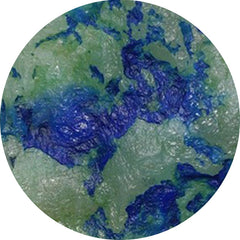 Blue horizon (15)
Blue horizon (15)
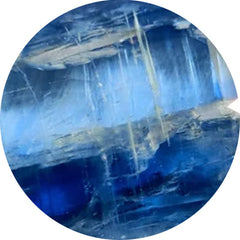 Blue kyanite (34)
Blue kyanite (34)
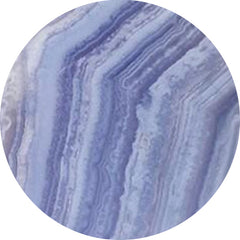 Blue lace agate (256)
Blue lace agate (256)
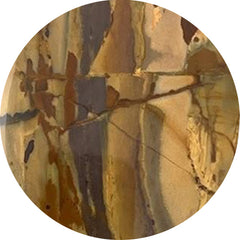 Blue mountain jasper (0)
Blue mountain jasper (0)
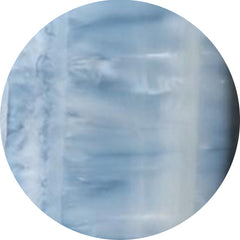 Blue opal (151)
Blue opal (151)
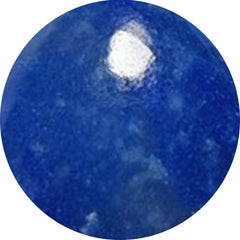 Blue quartz (40)
Blue quartz (40)
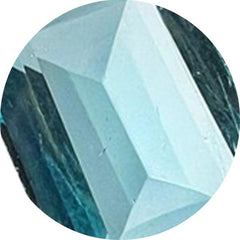 Blue topaz (49)
Blue topaz (49)
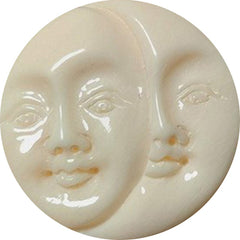 Bone (9)
Bone (9)
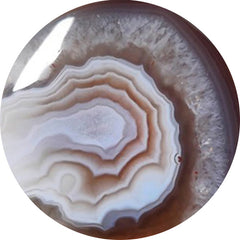 Botswana agate (244)
Botswana agate (244)
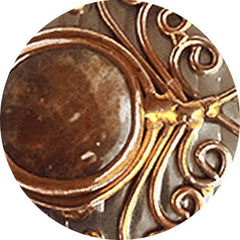 Bronze (0)
Bronze (0)
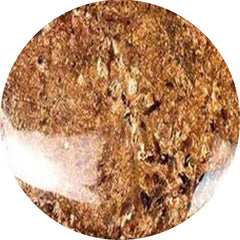 Bronzite (2)
Bronzite (2)
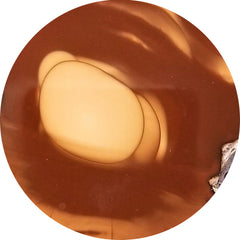 Bruneau jasper (15)
Bruneau jasper (15)
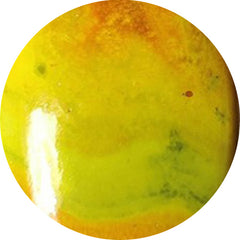 Bumble bee jasper (199)
Bumble bee jasper (199)
 Buy gemstones in usa (859)
Buy gemstones in usa (859)
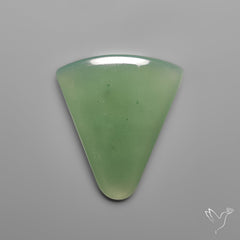 Cabochons (12761)
Cabochons (12761)
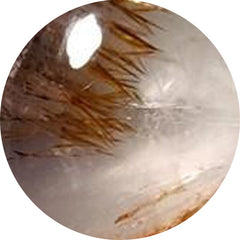 Cacoxenite (65)
Cacoxenite (65)
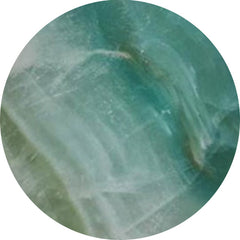 Calcite (220)
Calcite (220)
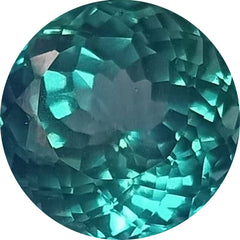 Calibrated (136)
Calibrated (136)
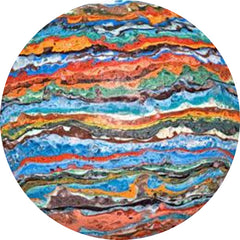 Calsilica (0)
Calsilica (0)
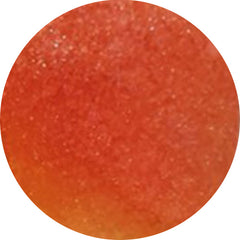 Candy corn (6)
Candy corn (6)
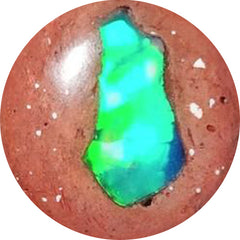 Cantera opal (18)
Cantera opal (18)
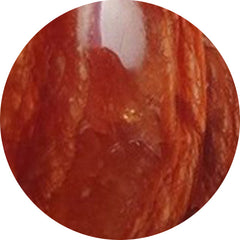 Caramel opal (2)
Caramel opal (2)
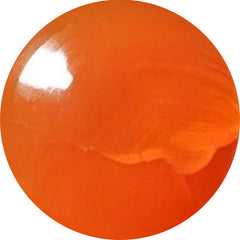 Carnelian (46)
Carnelian (46)
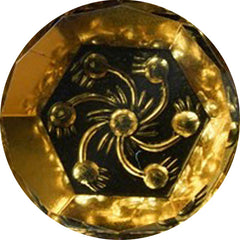 Carving (1782)
Carving (1782)
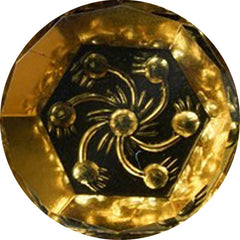 Carvings (2041)
Carvings (2041)
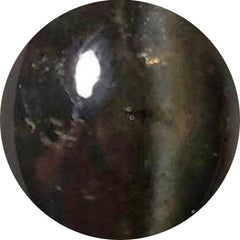 Cats eye (61)
Cats eye (61)
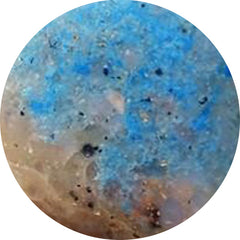 Cavansite (16)
Cavansite (16)
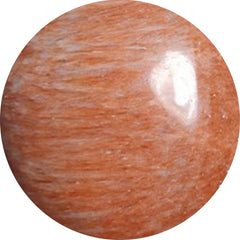 Celestobarite (7)
Celestobarite (7)
 Ceruleite (0)
Ceruleite (0)
 Chakra stone (31)
Chakra stone (31)
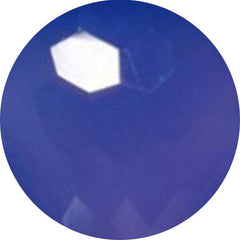 Chalcedony (444)
Chalcedony (444)
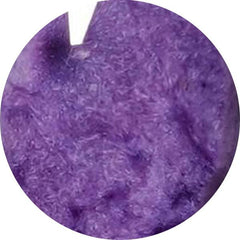 Charoite (189)
Charoite (189)
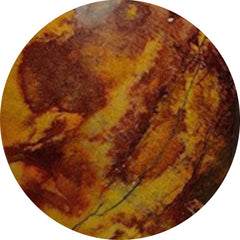 Cherry creek jasper (10)
Cherry creek jasper (10)
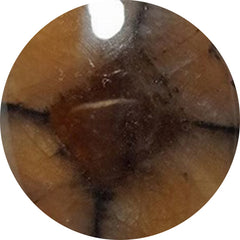 Chiastolite (16)
Chiastolite (16)
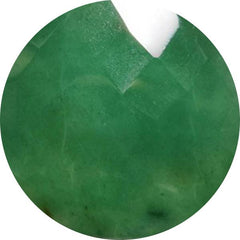 Chrome chalcedony (82)
Chrome chalcedony (82)
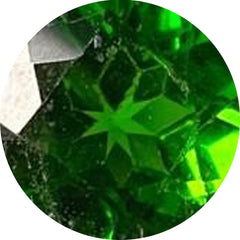 Chrome diopside (20)
Chrome diopside (20)
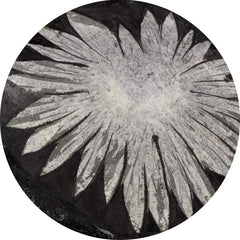 Chrysanthemum fossil (0)
Chrysanthemum fossil (0)
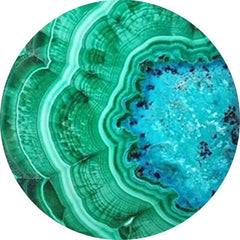 Chrysocolla (407)
Chrysocolla (407)
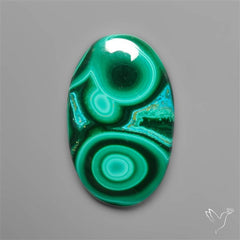 Chrysocolla malachite (76)
Chrysocolla malachite (76)
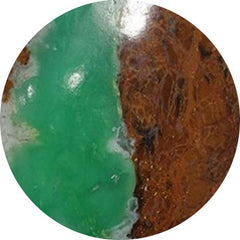 Chrysoprase (321)
Chrysoprase (321)
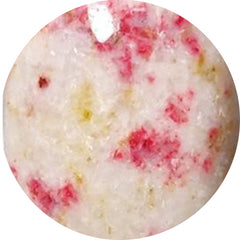 Cinnabar (14)
Cinnabar (14)
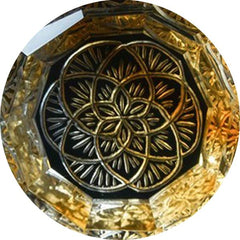 Citrine (110)
Citrine (110)
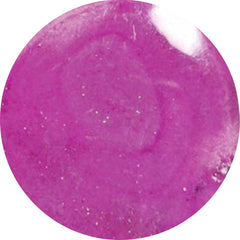 Cobalto calcite (66)
Cobalto calcite (66)
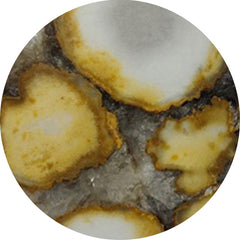 Cobra jasper (30)
Cobra jasper (30)
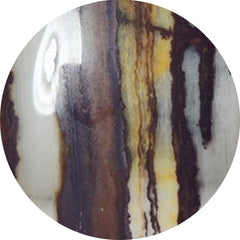 Coconut jasper (2)
Coconut jasper (2)
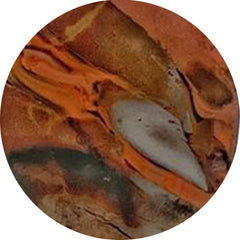 Coffee bean jasper (2)
Coffee bean jasper (2)
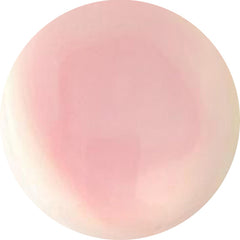 Conch shell (6)
Conch shell (6)
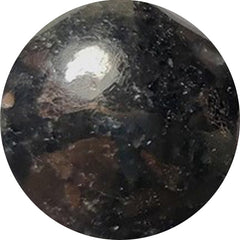 Coppernite (0)
Coppernite (0)
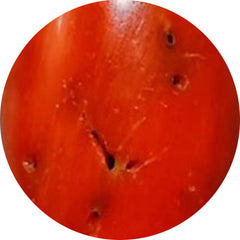 Coral (352)
Coral (352)
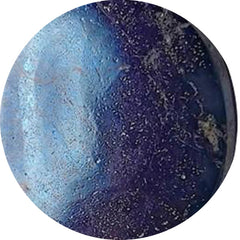 Covellite (4)
Covellite (4)
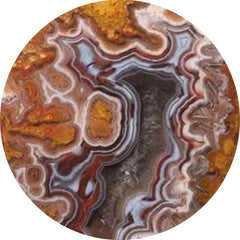 Crazy lace agate (187)
Crazy lace agate (187)
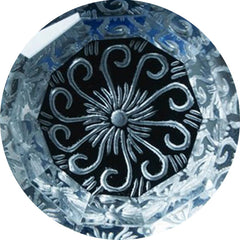 Crystal (204)
Crystal (204)
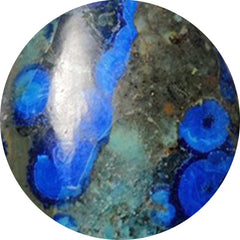 Cuprite (26)
Cuprite (26)
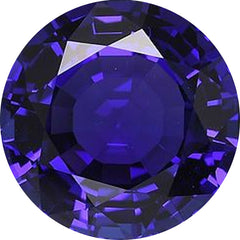 December birthstone (278)
December birthstone (278)
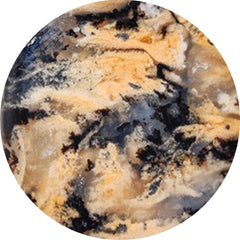 Dendritic agate (442)
Dendritic agate (442)
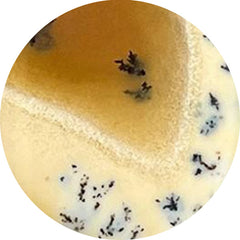 Dendritic opal (75)
Dendritic opal (75)
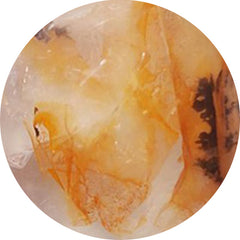 Dendritic quartz (2)
Dendritic quartz (2)
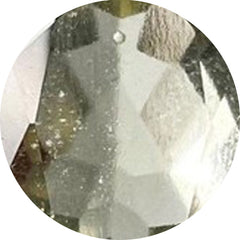 Desert glass (9)
Desert glass (9)
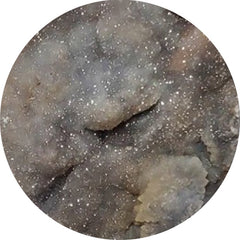 Desert jasper druzy (15)
Desert jasper druzy (15)
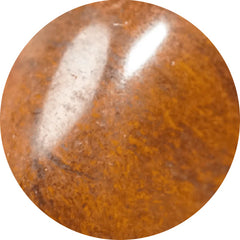 Desert sunset jasper (10)
Desert sunset jasper (10)
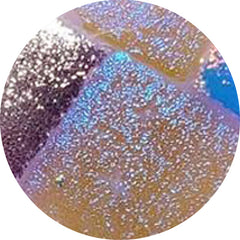 Dichroic glass (145)
Dichroic glass (145)
 Dinosaur bone fossil (3)
Dinosaur bone fossil (3)
 Diopside (54)
Diopside (54)
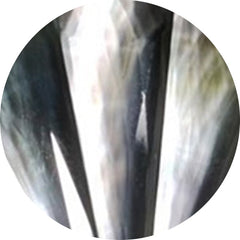 Doublets (876)
Doublets (876)
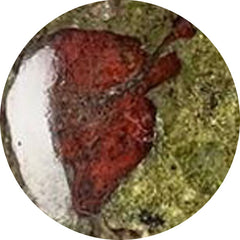 Dragonblood jasper (1)
Dragonblood jasper (1)
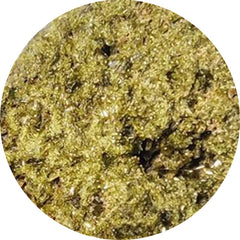 Druzy (419)
Druzy (419)
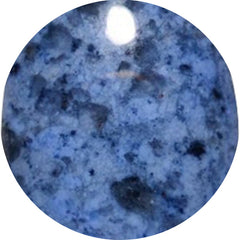 Dumortierite (60)
Dumortierite (60)
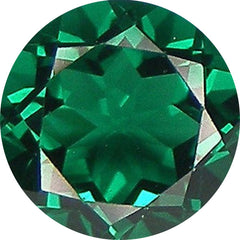 Emerald (63)
Emerald (63)
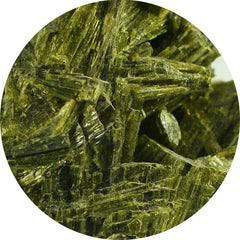 Epidote (10)
Epidote (10)
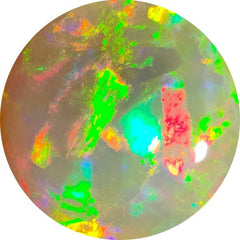 Ethiopian opal (59)
Ethiopian opal (59)
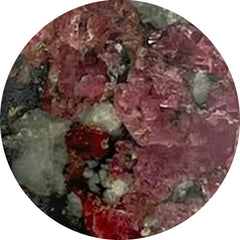 Eudialyte (11)
Eudialyte (11)
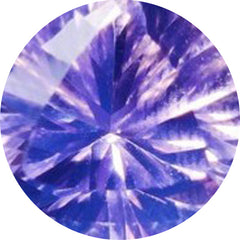 Faceted rose cut (2442)
Faceted rose cut (2442)
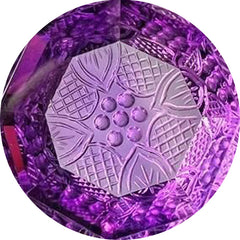 Fantasy cuts (52)
Fantasy cuts (52)
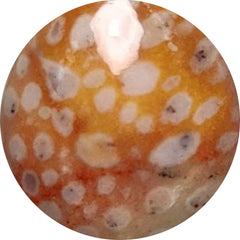 Fawn jasper (13)
Fawn jasper (13)
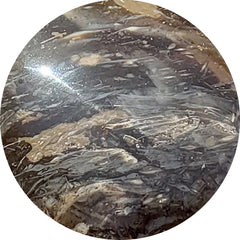 Feather agate (0)
Feather agate (0)
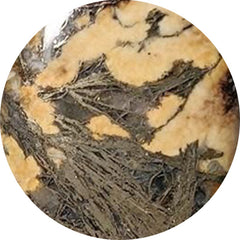 Feather pyrite (39)
Feather pyrite (39)
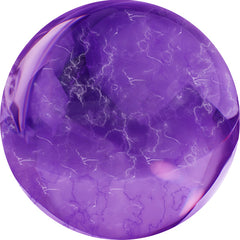 February birthstone (2845)
February birthstone (2845)
 Fine amethyst (32)
Fine amethyst (32)
 Fine ametrine (22)
Fine ametrine (22)
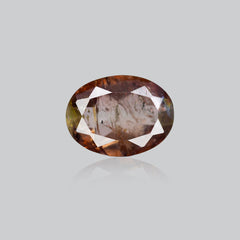 Fine andalusite (1)
Fine andalusite (1)
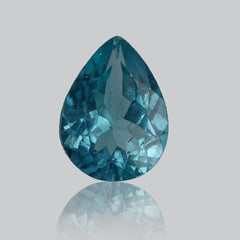 Fine apatite (5)
Fine apatite (5)
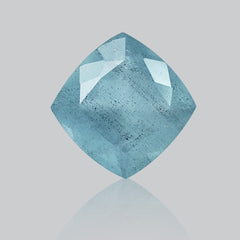 Fine aquamarine (8)
Fine aquamarine (8)
 Fine black opal (6)
Fine black opal (6)
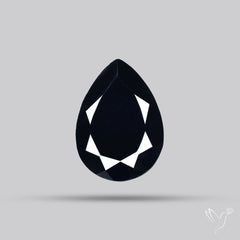 Fine black spinel (14)
Fine black spinel (14)
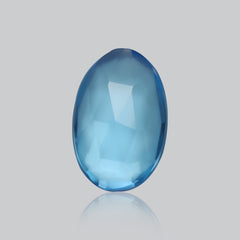 Fine blue topaz (30)
Fine blue topaz (30)
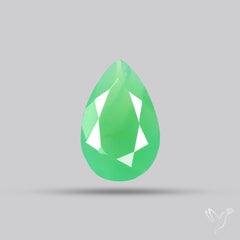 Fine chrysoprase (16)
Fine chrysoprase (16)
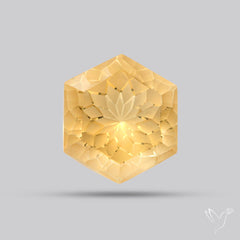 Fine citrine (24)
Fine citrine (24)
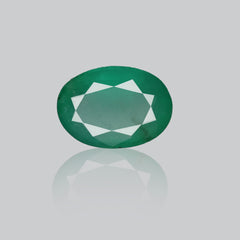 Fine emerald (11)
Fine emerald (11)
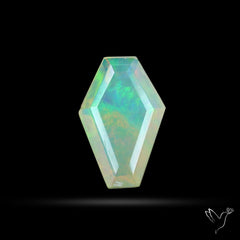 Fine ethiopian opal (18)
Fine ethiopian opal (18)
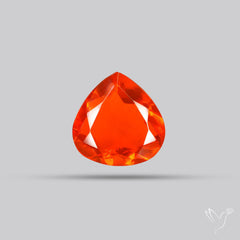 Fine fire opal (7)
Fine fire opal (7)
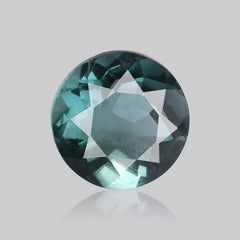 Fine fluorite (12)
Fine fluorite (12)
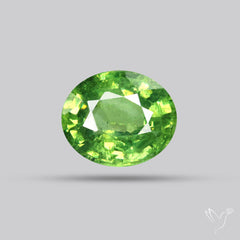 Fine garnet (37)
Fine garnet (37)
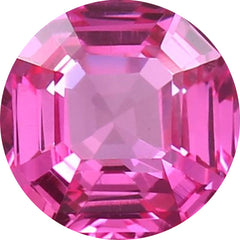 Fine gemstone (0)
Fine gemstone (0)
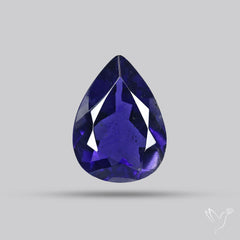 Fine iolite (31)
Fine iolite (31)
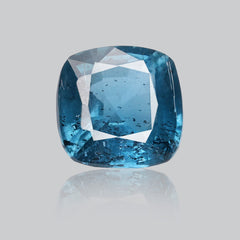 Fine kyanite (28)
Fine kyanite (28)
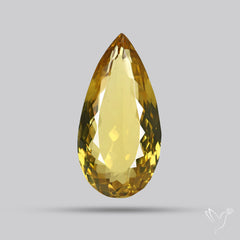 Fine lemon quartz (14)
Fine lemon quartz (14)
 Fine lepidocrocite (46)
Fine lepidocrocite (46)
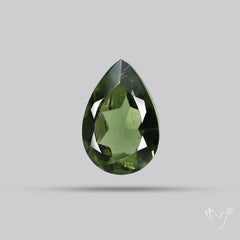 Fine moldavite (21)
Fine moldavite (21)
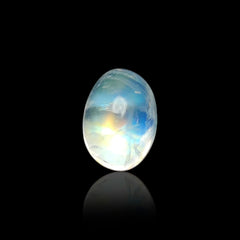 Fine moonstone (7)
Fine moonstone (7)
 Fine peridot (56)
Fine peridot (56)
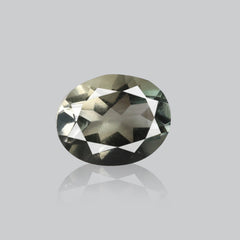 Fine prasiolite (26)
Fine prasiolite (26)
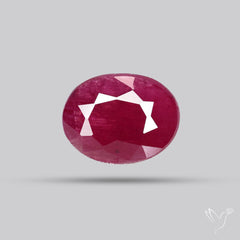 Fine ruby (15)
Fine ruby (15)
 Fine rutilated quartz (19)
Fine rutilated quartz (19)
 Fine sapphire (7)
Fine sapphire (7)
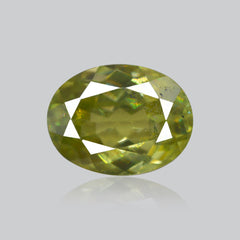 Fine sphene (17)
Fine sphene (17)
 Fine sunstone (79)
Fine sunstone (79)
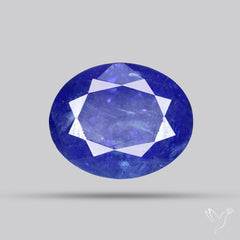 Fine tanzanite (50)
Fine tanzanite (50)
 Fine tourmaline (67)
Fine tourmaline (67)
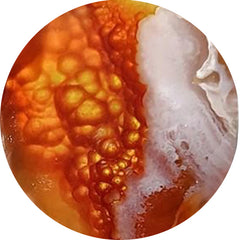 Fire agate (7)
Fire agate (7)
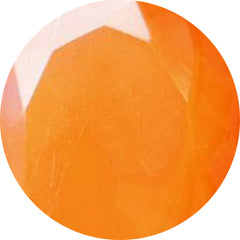 Fire opals (43)
Fire opals (43)
 Flint stone (10)
Flint stone (10)
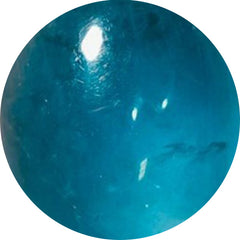 Fluorite (155)
Fluorite (155)
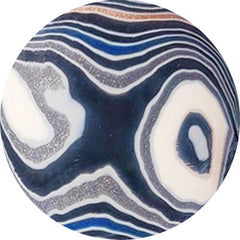 Fordite (63)
Fordite (63)
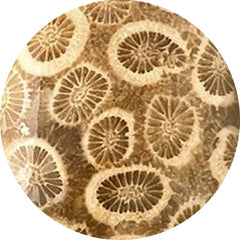 Fossil coral (320)
Fossil coral (320)
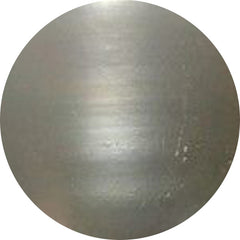 Fossil marston marble (20)
Fossil marston marble (20)
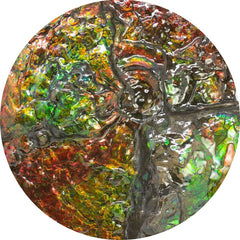 Fossils (513)
Fossils (513)
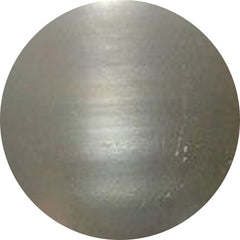 Freshwater pearl (22)
Freshwater pearl (22)
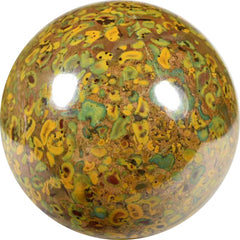 Fruit jasper (14)
Fruit jasper (14)
 Fuchsite (7)
Fuchsite (7)
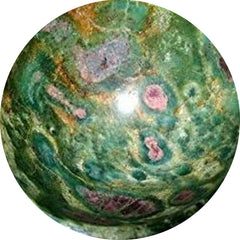 Fuschite (10)
Fuschite (10)
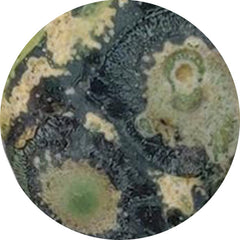 Galaxy jasper (9)
Galaxy jasper (9)
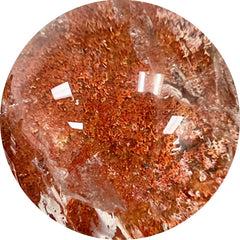 Garden quartz (6)
Garden quartz (6)
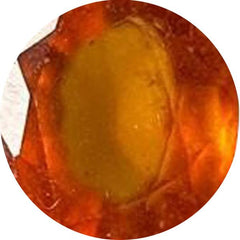 Garnet (119)
Garnet (119)
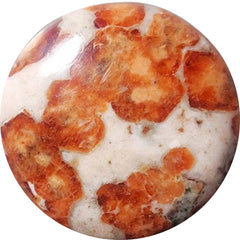 Garnet in limestone (36)
Garnet in limestone (36)
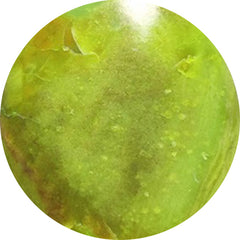 Gaspeite (12)
Gaspeite (12)
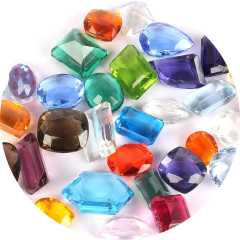 Gemstone lots (438)
Gemstone lots (438)
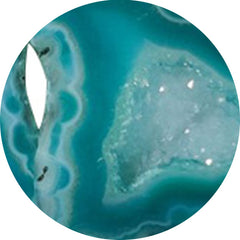 Geode (32)
Geode (32)
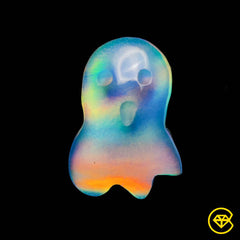 Ghost carving (57)
Ghost carving (57)
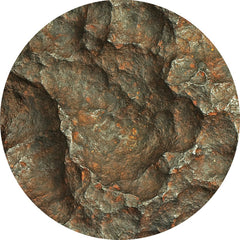 Gibeon meteorite (23)
Gibeon meteorite (23)
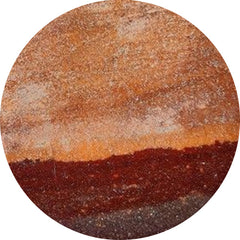 Gila monster agate (16)
Gila monster agate (16)
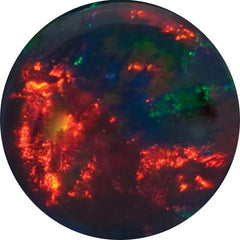 Gilson opal (22)
Gilson opal (22)
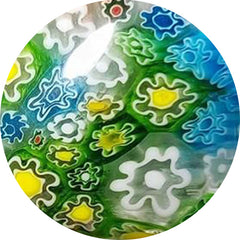 Glass (182)
Glass (182)
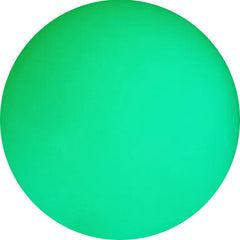 Glow stone (12)
Glow stone (12)
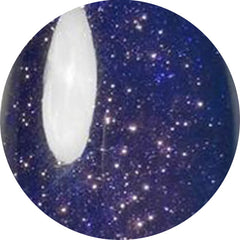 Goldstone (35)
Goldstone (35)
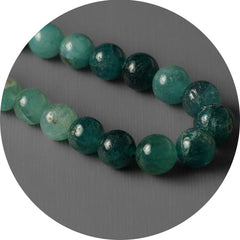 Grandidierite (7)
Grandidierite (7)
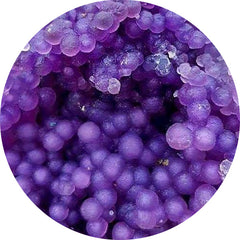 Grape agate (114)
Grape agate (114)
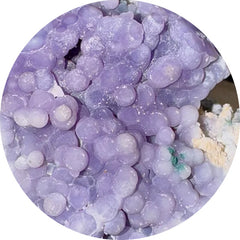 Grape chalcedony (4)
Grape chalcedony (4)
 Green gemstones (447)
Green gemstones (447)
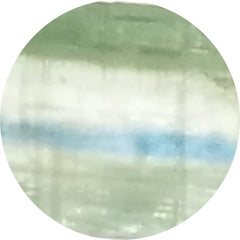 Green kyanite (7)
Green kyanite (7)
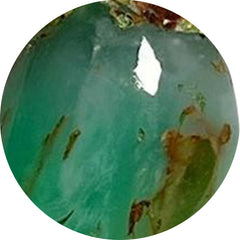 Green prase opal (8)
Green prase opal (8)
 Green tourmaline (24)
Green tourmaline (24)
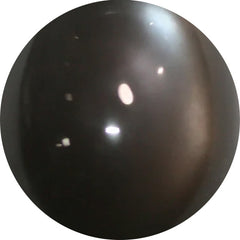 Grey moonstone (31)
Grey moonstone (31)
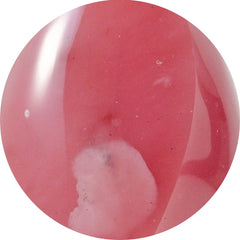 Guava quartz (9)
Guava quartz (9)
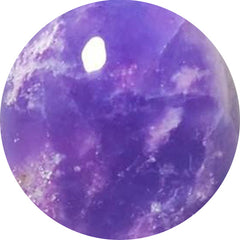 Hackmanite (11)
Hackmanite (11)
 Heart carving (350)
Heart carving (350)
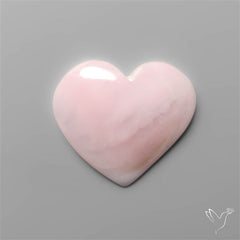 Heart shape gemstones (3)
Heart shape gemstones (3)
 Heliodor (0)
Heliodor (0)
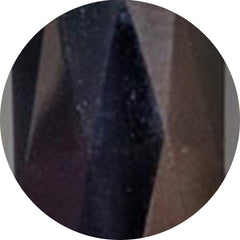 Hematite (37)
Hematite (37)
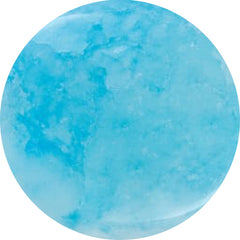 Hemimorphite (54)
Hemimorphite (54)
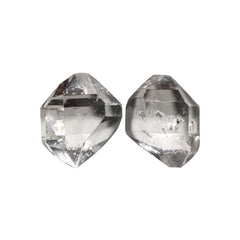 Herkimer diamond (38)
Herkimer diamond (38)
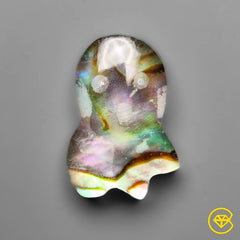 Himalayan quartz (437)
Himalayan quartz (437)
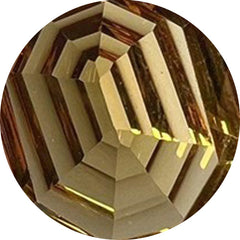 Honey quartz (19)
Honey quartz (19)
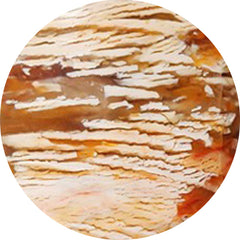 Howardite opal (29)
Howardite opal (29)
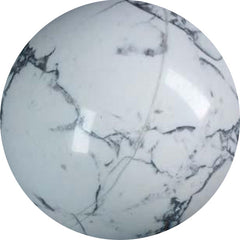 Howlite (4)
Howlite (4)
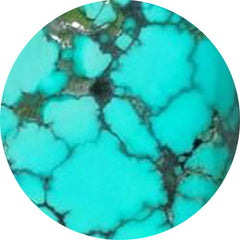 Hubei turquoise (54)
Hubei turquoise (54)
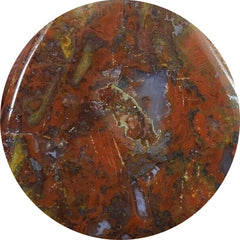 Hungarian agate (1)
Hungarian agate (1)
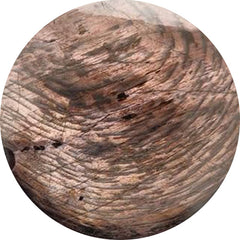 Hypersthene (42)
Hypersthene (42)
 Ice quartz (1)
Ice quartz (1)
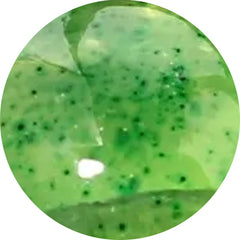 Idocrase (1)
Idocrase (1)
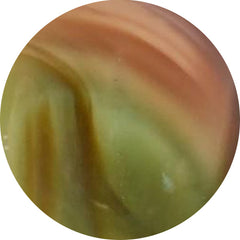 Imperial jasper (115)
Imperial jasper (115)
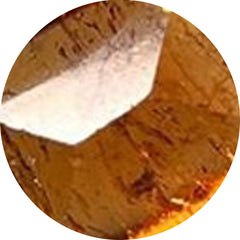 Imperial topaz (0)
Imperial topaz (0)
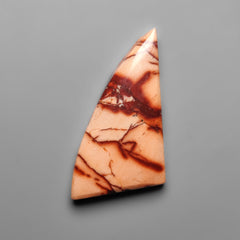 Indian paint stone (5)
Indian paint stone (5)
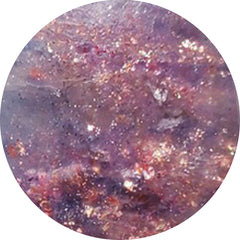 Iolite (160)
Iolite (160)
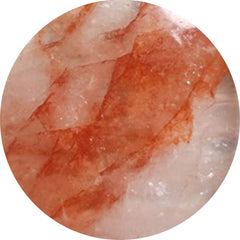 Iron quartz (48)
Iron quartz (48)
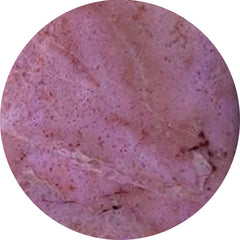 Jade (34)
Jade (34)
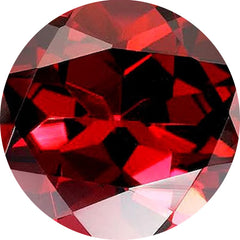 January birthstone (445)
January birthstone (445)
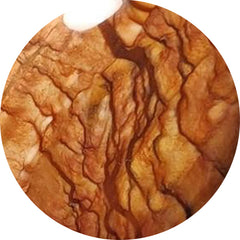 Jaspers (32)
Jaspers (32)
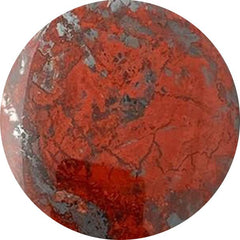 Jaspillite (3)
Jaspillite (3)
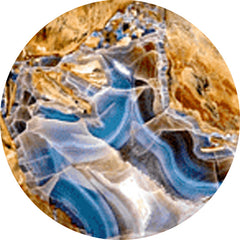 Java chalcedony (16)
Java chalcedony (16)
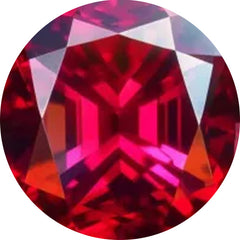 July birthstone (551)
July birthstone (551)
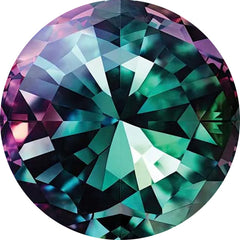 June birthstones: moonstone, pearl, and alexandrite (1055)
June birthstones: moonstone, pearl, and alexandrite (1055)
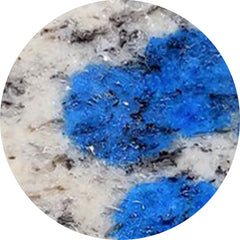 K2 jasper (7)
K2 jasper (7)
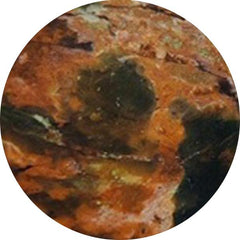 Kaleidoscope agate (0)
Kaleidoscope agate (0)
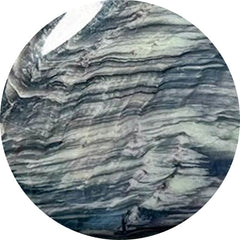 Kammererite (103)
Kammererite (103)
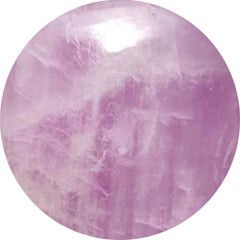 Kunzite (7)
Kunzite (7)
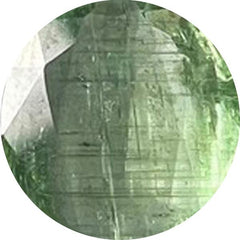 Kyanite (99)
Kyanite (99)
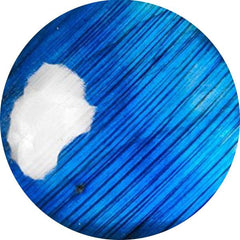 Labradorite (277)
Labradorite (277)
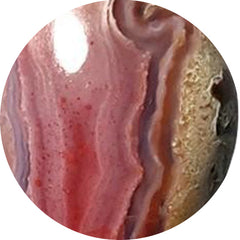 Laguna lace agate (60)
Laguna lace agate (60)
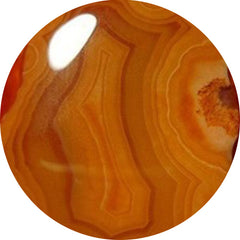 Lake superior agate (25)
Lake superior agate (25)
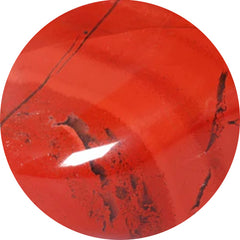 Landscape jasper (0)
Landscape jasper (0)
 Langite (0)
Langite (0)
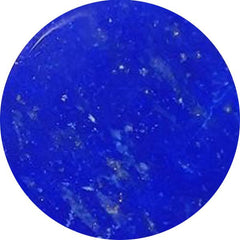 Lapis lazuli (165)
Lapis lazuli (165)
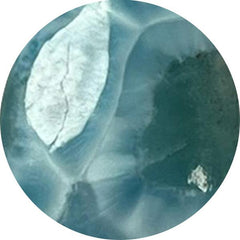 Larimar (125)
Larimar (125)
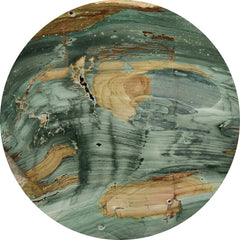 Larsonite (17)
Larsonite (17)
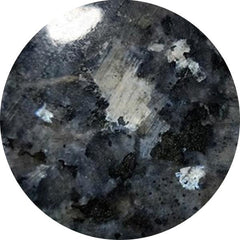 Larvikite feldspar (46)
Larvikite feldspar (46)
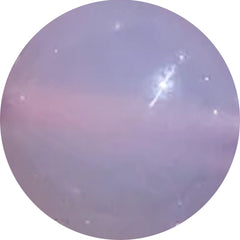 Lavender chalcedony (17)
Lavender chalcedony (17)
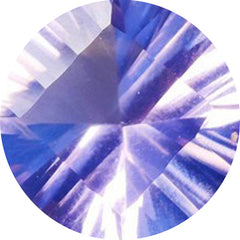 Lavender quartz (5)
Lavender quartz (5)
 Lazulite (8)
Lazulite (8)
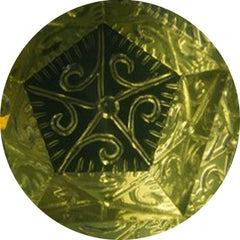 Lemon quartz (44)
Lemon quartz (44)
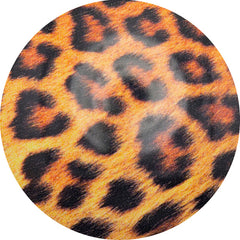 Leopard skin shell (0)
Leopard skin shell (0)
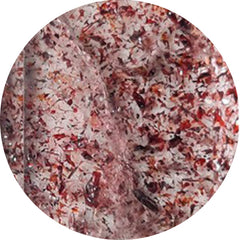 Lepidocrocite (55)
Lepidocrocite (55)
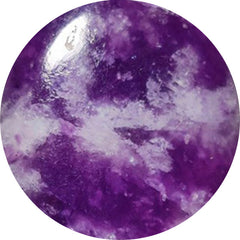 Lepidolite (82)
Lepidolite (82)
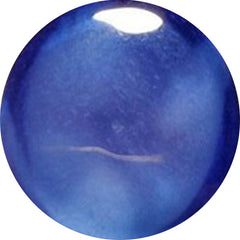 Lindy star sapphire (0)
Lindy star sapphire (0)
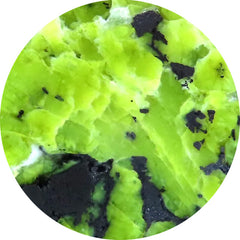 Lizardite (55)
Lizardite (55)
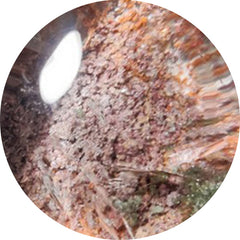 Lodolite (93)
Lodolite (93)
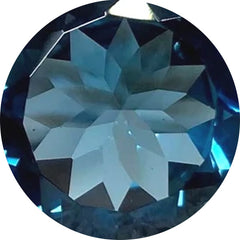 London blue topaz (10)
London blue topaz (10)
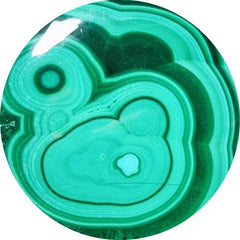 Malachite (577)
Malachite (577)
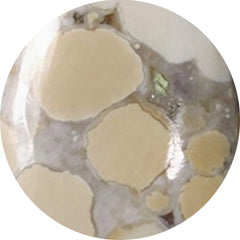 Maligano jasper (71)
Maligano jasper (71)
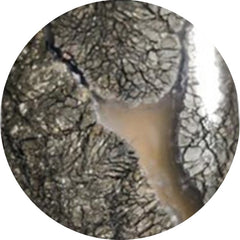 Marcasite (27)
Marcasite (27)
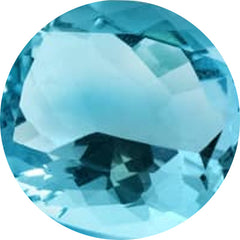 March birthstone (1458)
March birthstone (1458)
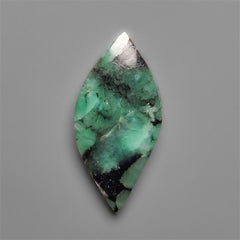 Marquise shape gemstones (5)
Marquise shape gemstones (5)
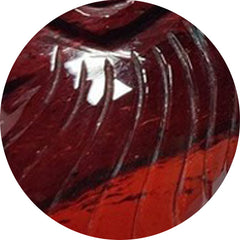 Mary ellen jasper (0)
Mary ellen jasper (0)
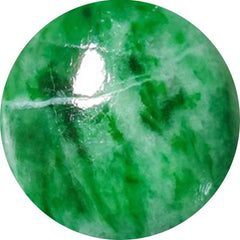 Maw sit sit (15)
Maw sit sit (15)
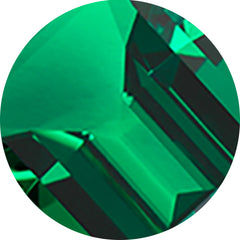 May birthstone (443)
May birthstone (443)
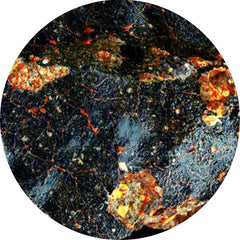 Meteorite (23)
Meteorite (23)
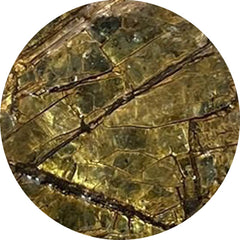 Mica (45)
Mica (45)
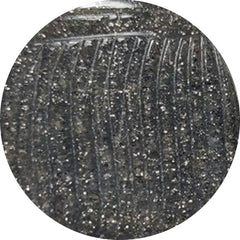 Midnight quartzite (20)
Midnight quartzite (20)
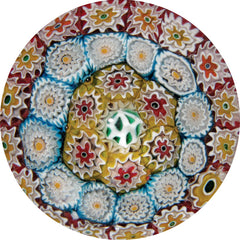 Millefiori glass (2)
Millefiori glass (2)
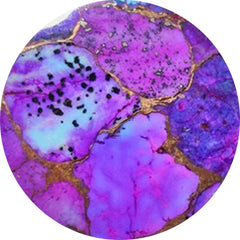 Mohave turquoise (57)
Mohave turquoise (57)
 Mohawkites (20)
Mohawkites (20)
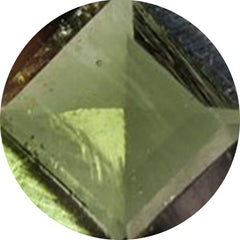 Moldavite (47)
Moldavite (47)
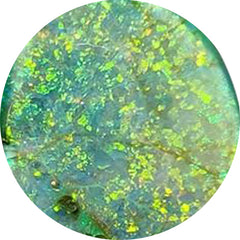 Monarch opal (29)
Monarch opal (29)
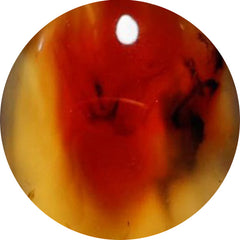 Montana agate (83)
Montana agate (83)
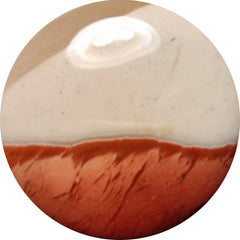 Mookaite (39)
Mookaite (39)
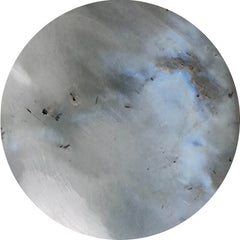 Moonstone (400)
Moonstone (400)
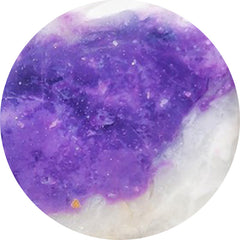 Morado opal (1)
Morado opal (1)
 Morenci turquoise (39)
Morenci turquoise (39)
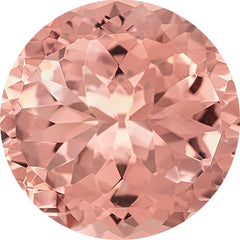 Morganite (0)
Morganite (0)
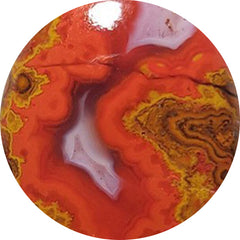 Moroccan seam agate (119)
Moroccan seam agate (119)
 Moss agate (385)
Moss agate (385)
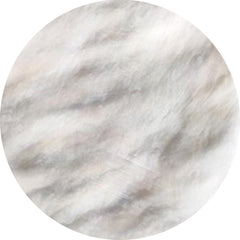 Mother of pearl (528)
Mother of pearl (528)
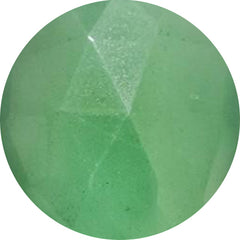 Mtorolite (46)
Mtorolite (46)
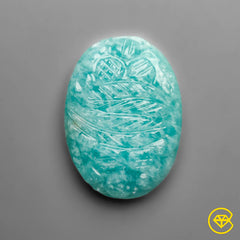 Mughal carving (477)
Mughal carving (477)
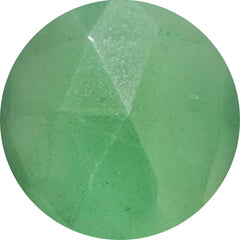 Muscovite (21)
Muscovite (21)
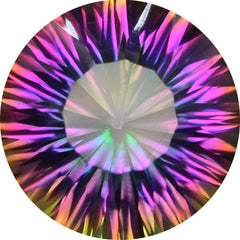 Mystic quartz (1)
Mystic quartz (1)
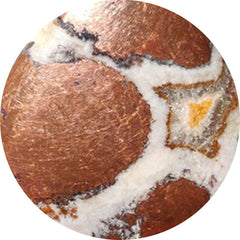 Native copper (34)
Native copper (34)
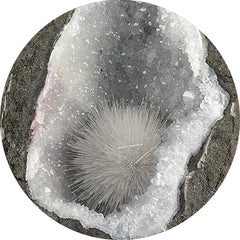 Natrolite (26)
Natrolite (26)
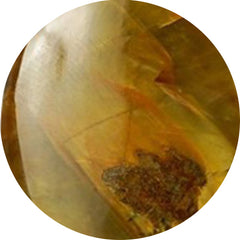 Nellite (6)
Nellite (6)
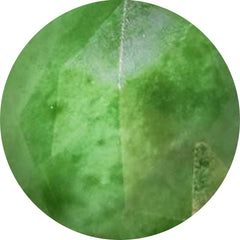 Nephrite jade (2)
Nephrite jade (2)
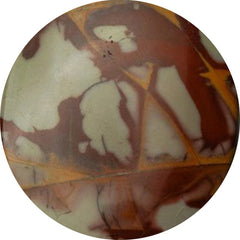 Noreena jasper (28)
Noreena jasper (28)
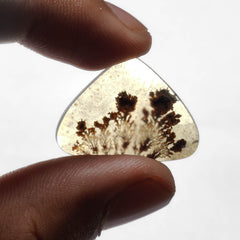 November birthstone (158)
November birthstone (158)
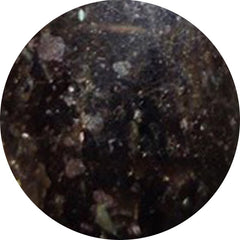 Nuummite (2)
Nuummite (2)
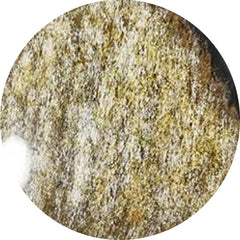 Obsidian (339)
Obsidian (339)
 Ocean jasper (253)
Ocean jasper (253)
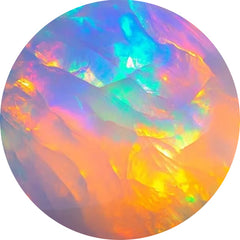 October birthstone (1312)
October birthstone (1312)
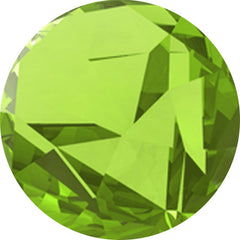 Olive quartz (5)
Olive quartz (5)
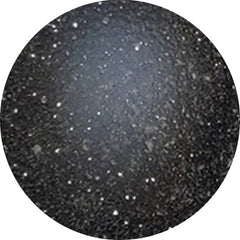 Onyx (287)
Onyx (287)
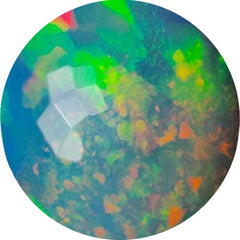 Opal (1083)
Opal (1083)
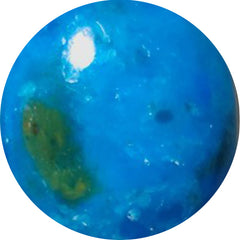 Opalina (11)
Opalina (11)
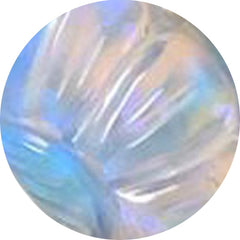 Opalite (30)
Opalite (30)
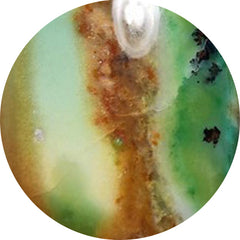 Opalwood (5)
Opalwood (5)
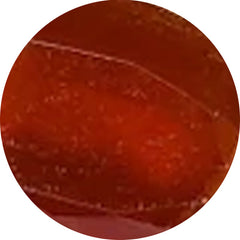 Orange kyanite (2)
Orange kyanite (2)
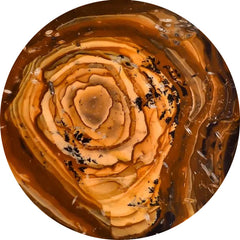 Oregon jasper (7)
Oregon jasper (7)
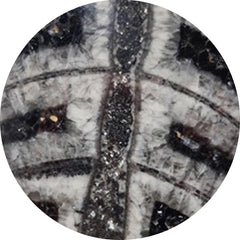 Orthoceras fossil (36)
Orthoceras fossil (36)
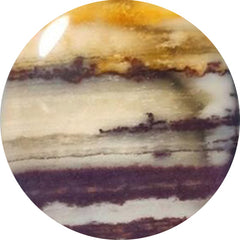 Outback jasper (5)
Outback jasper (5)
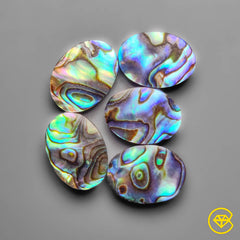 Oval shape gemstones (6)
Oval shape gemstones (6)
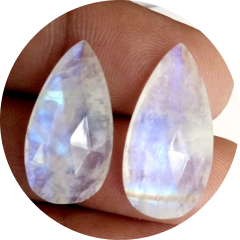 Pairs (945)
Pairs (945)
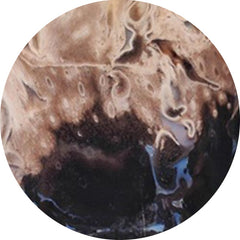 Palmroot agate (92)
Palmroot agate (92)
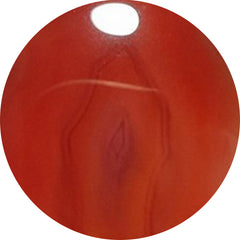 Passion agate (1)
Passion agate (1)
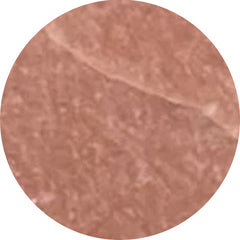 Peach moonstone (45)
Peach moonstone (45)
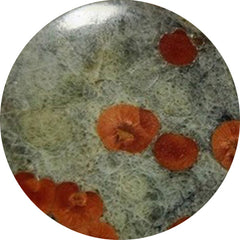 Peanut obsidian (40)
Peanut obsidian (40)
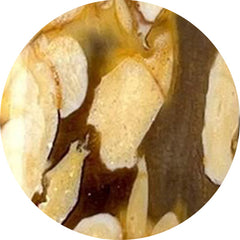 Peanut wood jasper (178)
Peanut wood jasper (178)
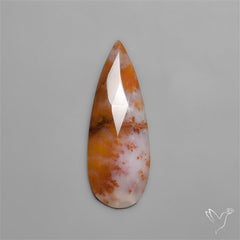 Pear shape gemstones (9)
Pear shape gemstones (9)
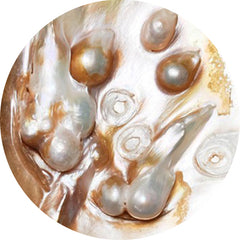 Pearl (655)
Pearl (655)
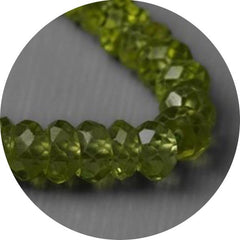 Peridot (59)
Peridot (59)
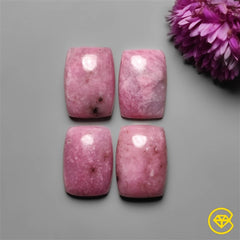 Petalite (25)
Petalite (25)
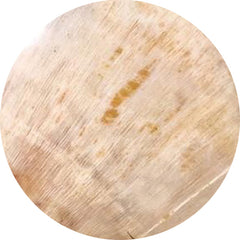 Petrified wood (55)
Petrified wood (55)
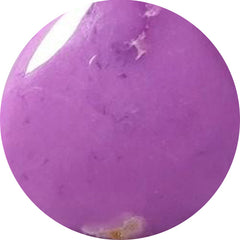 Phosphosiderite (94)
Phosphosiderite (94)
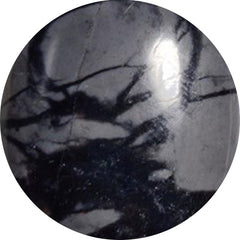 Picasso jasper (81)
Picasso jasper (81)
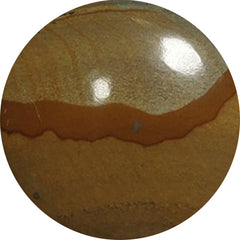 Picture jasper (81)
Picture jasper (81)
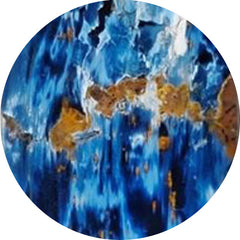 Pietersite (47)
Pietersite (47)
 Pink gemstones (473)
Pink gemstones (473)
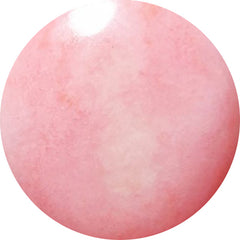 Pink opal (151)
Pink opal (151)
 Pink tourmaline (90)
Pink tourmaline (90)
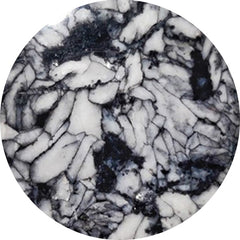 Pinolith (35)
Pinolith (35)
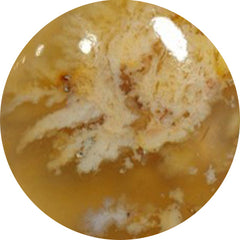 Plume agate (96)
Plume agate (96)
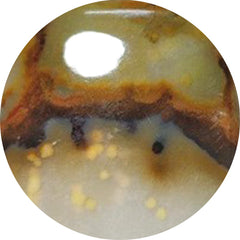 Polka dot agate (42)
Polka dot agate (42)
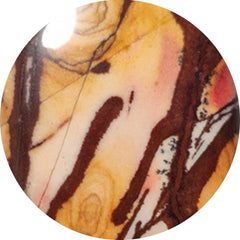 Polychrome jasper (42)
Polychrome jasper (42)
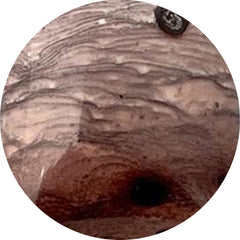 Porcelain jasper (30)
Porcelain jasper (30)
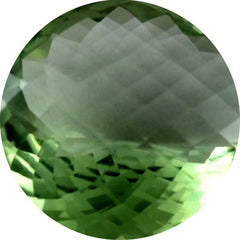 Prasiolite (45)
Prasiolite (45)
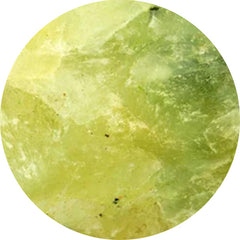 Prehnite (22)
Prehnite (22)
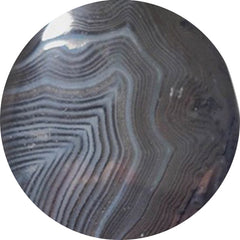 Psilomelane (23)
Psilomelane (23)
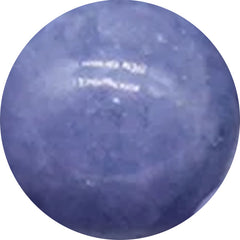 Purple chalcedony (45)
Purple chalcedony (45)
 Purple gemstones (1011)
Purple gemstones (1011)
 Purpurite (7)
Purpurite (7)
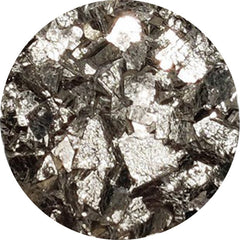 Pyrite (137)
Pyrite (137)
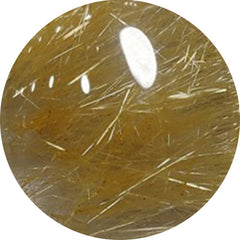 Quartz (125)
Quartz (125)
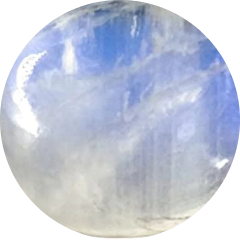 Rain moonstones (0)
Rain moonstones (0)
 Rainbow calcilica (11)
Rainbow calcilica (11)
 Rainbow moonstone (86)
Rainbow moonstone (86)
 Red coral (8)
Red coral (8)
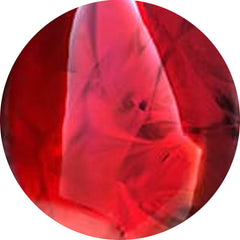 Red fossil (0)
Red fossil (0)
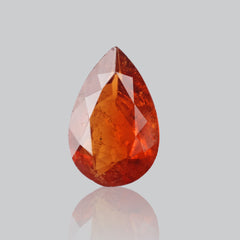 Red gemstones (364)
Red gemstones (364)
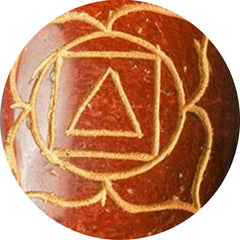 Red jasper (3)
Red jasper (3)
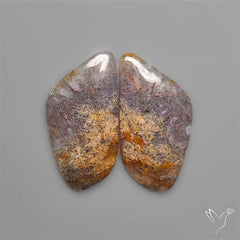 Red moss agate (76)
Red moss agate (76)
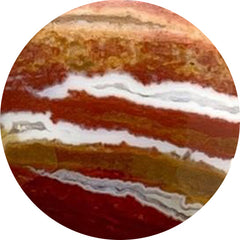 Red river jasper (16)
Red river jasper (16)
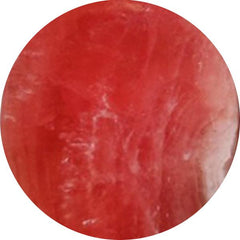 Rhodochrosite (405)
Rhodochrosite (405)
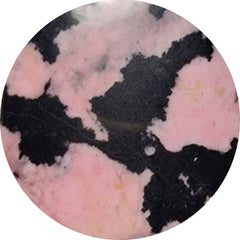 Rhodonite (81)
Rhodonite (81)
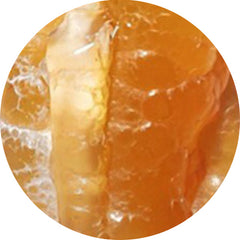 Rock chalcedony (2)
Rock chalcedony (2)
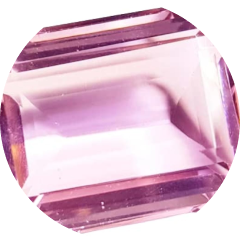 Rose cut gemstones (724)
Rose cut gemstones (724)
 Rose quartz (54)
Rose quartz (54)
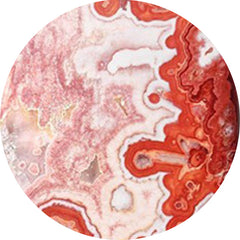 Rosita jasper (10)
Rosita jasper (10)
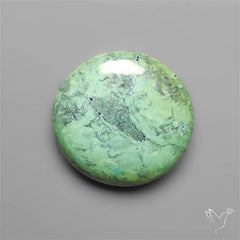 Round shape gemstones (6)
Round shape gemstones (6)
 Ruby (199)
Ruby (199)
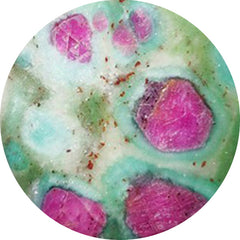 Ruby in fuchsite (6)
Ruby in fuchsite (6)
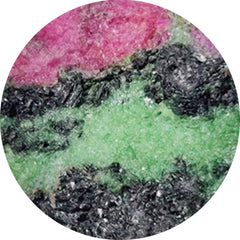 Ruby in zoisite (92)
Ruby in zoisite (92)
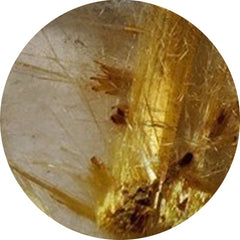 Rutilated quartz (263)
Rutilated quartz (263)
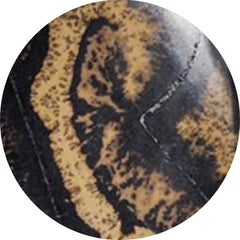 Sage brush jasper (27)
Sage brush jasper (27)
 Sand dollar fossil (3)
Sand dollar fossil (3)
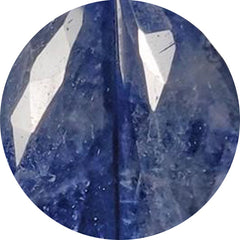 Sapphire (32)
Sapphire (32)
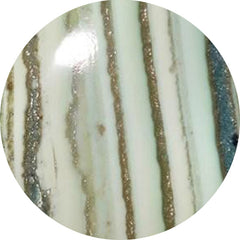 Saturn chalcedony (57)
Saturn chalcedony (57)
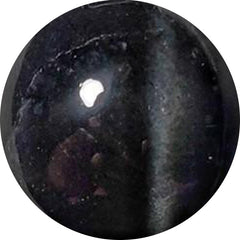 Scapolite (13)
Scapolite (13)
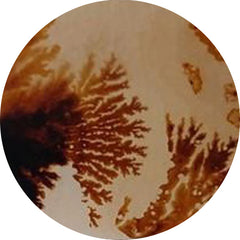 Scenic agate (99)
Scenic agate (99)
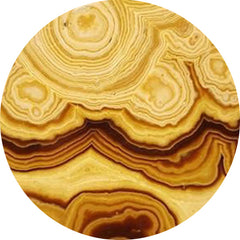 Schalenblende (88)
Schalenblende (88)
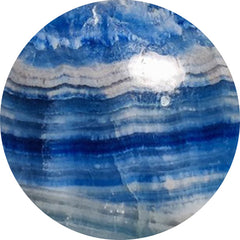 Scheelite (37)
Scheelite (37)
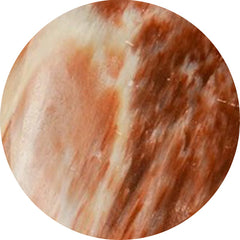 Scolecite (52)
Scolecite (52)
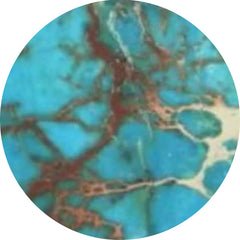 Sea sediment jasper (0)
Sea sediment jasper (0)
 Selenite (13)
Selenite (13)
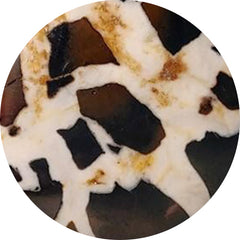 Septarian (92)
Septarian (92)
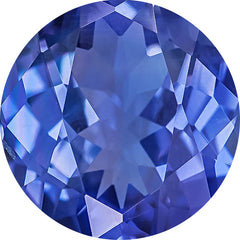 September birthstone (199)
September birthstone (199)
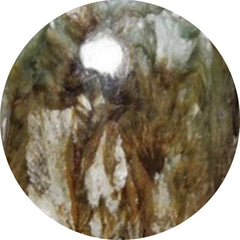 Seraphinite (81)
Seraphinite (81)
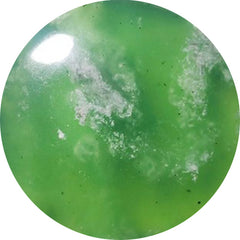 Serpentine (165)
Serpentine (165)
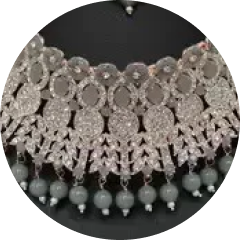 Sets (37)
Sets (37)
 Shattuckite (278)
Shattuckite (278)
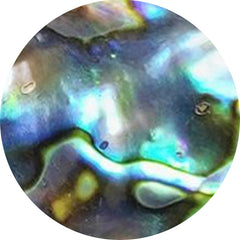 Shell (294)
Shell (294)
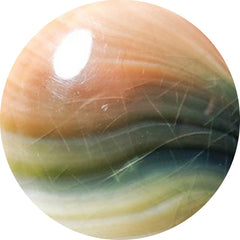 Shiva eye shell (46)
Shiva eye shell (46)
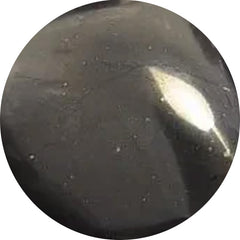 Shungite (4)
Shungite (4)
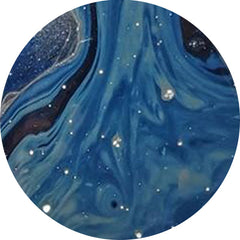 Sieber agate (0)
Sieber agate (0)
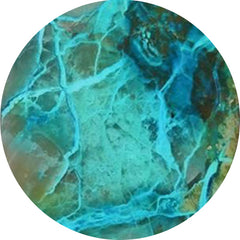 Silica (4)
Silica (4)
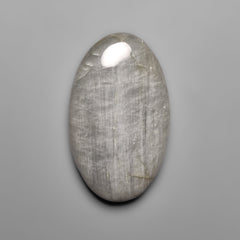 Silver leaf jasper (6)
Silver leaf jasper (6)
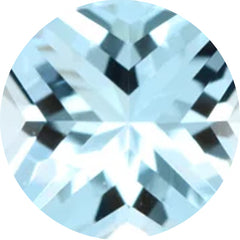 Sky blue topaz (5)
Sky blue topaz (5)
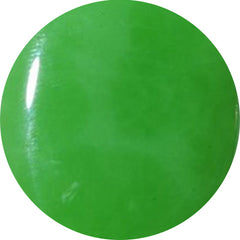 Smithsonite (29)
Smithsonite (29)
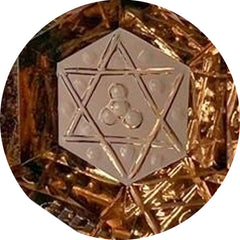 Smoky quartz (23)
Smoky quartz (23)
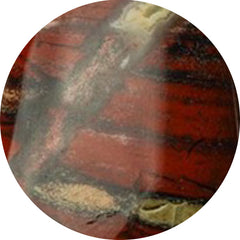 Snakeskin jasper (48)
Snakeskin jasper (48)
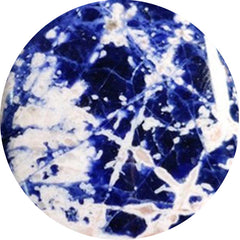 Sodalite (72)
Sodalite (72)
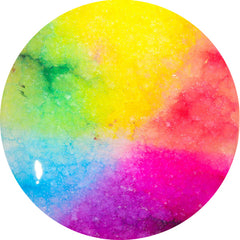 Solar agate (1)
Solar agate (1)
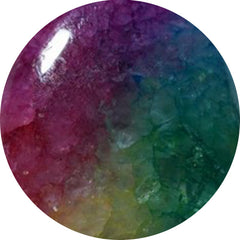 Solar quartz (51)
Solar quartz (51)
 Spectrolite (128)
Spectrolite (128)
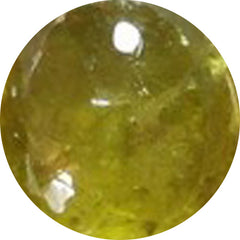 Sphence (25)
Sphence (25)
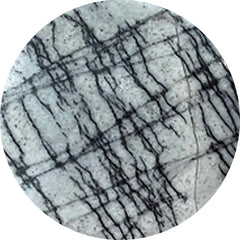 Spiderweb jasper (1)
Spiderweb jasper (1)
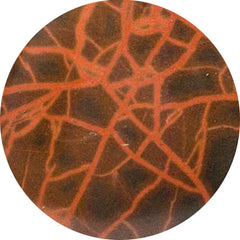 Spiderwoman jasper (0)
Spiderwoman jasper (0)
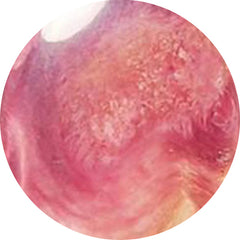 Spiny oyster shell (66)
Spiny oyster shell (66)
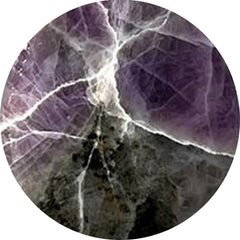 Spurrite (7)
Spurrite (7)
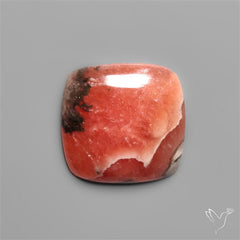 Square shape gemstones (10)
Square shape gemstones (10)
 Starburst (2)
Starburst (2)
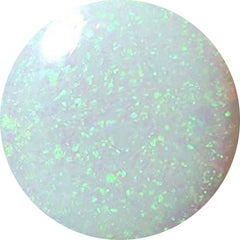 Sterling opal (11)
Sterling opal (11)
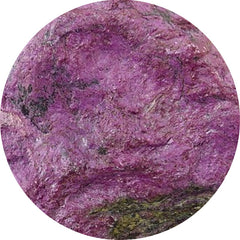 Stichtite (37)
Stichtite (37)
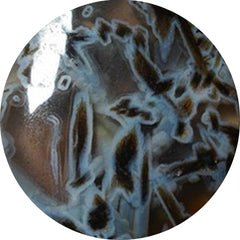 Stick agate (6)
Stick agate (6)
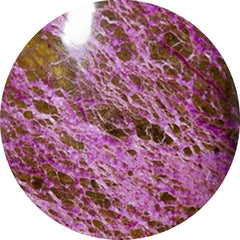 Stitchtite (121)
Stitchtite (121)
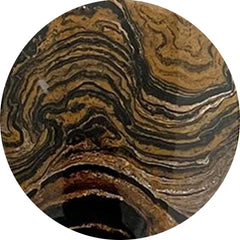 Stramatolite (0)
Stramatolite (0)
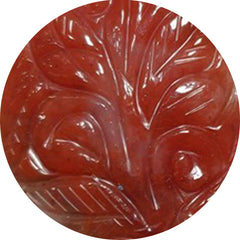 Strawberry quartz (8)
Strawberry quartz (8)
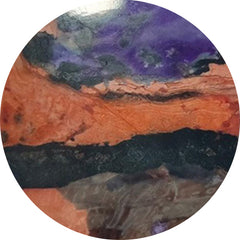 Sugilite (0)
Sugilite (0)
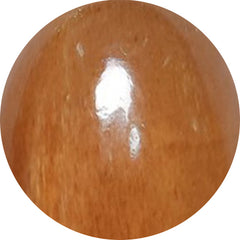 Sunstone (270)
Sunstone (270)
 Surfite (1)
Surfite (1)
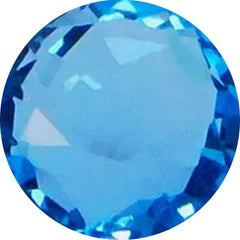 Swiss blue topaz (31)
Swiss blue topaz (31)
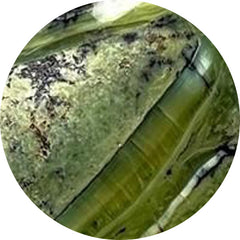 Swiss opal (3)
Swiss opal (3)
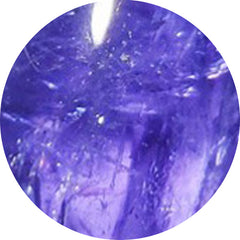 Tanzanite (51)
Tanzanite (51)
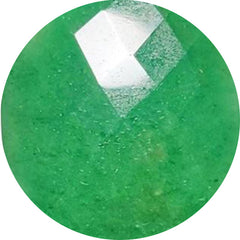 Tanzurine (12)
Tanzurine (12)
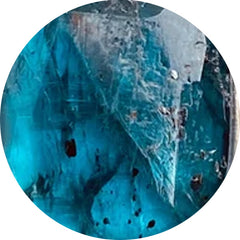 Teal kyanite (9)
Teal kyanite (9)
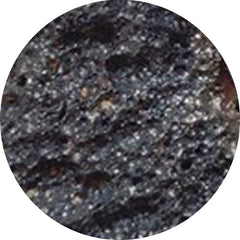 Tektite (42)
Tektite (42)
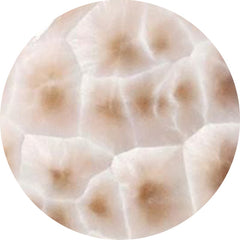 Thomsonite (35)
Thomsonite (35)
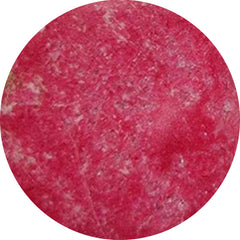 Thulite (80)
Thulite (80)
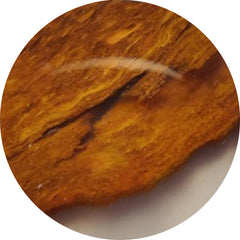 Thunder egg agate (0)
Thunder egg agate (0)
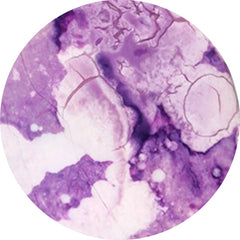 Tiffany stone (6)
Tiffany stone (6)
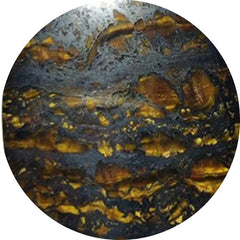 Tiger eye (66)
Tiger eye (66)
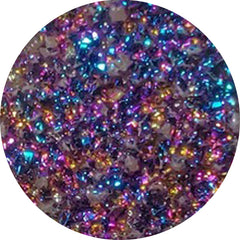 Titanium druzy (5)
Titanium druzy (5)
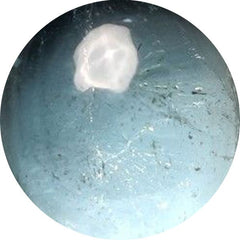 Topaz (49)
Topaz (49)
 Tourmaline (242)
Tourmaline (242)
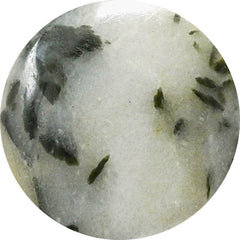 Tourmaline in quartz (86)
Tourmaline in quartz (86)
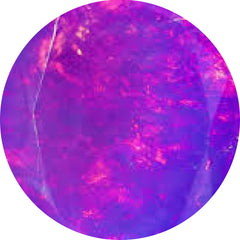 Treated opal (35)
Treated opal (35)
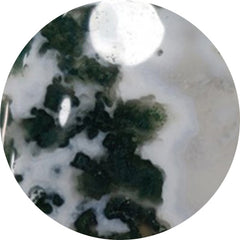 Tree agate (31)
Tree agate (31)
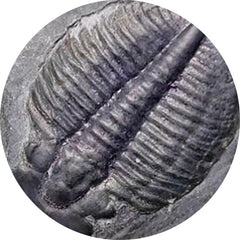 Trilobite fossil (18)
Trilobite fossil (18)
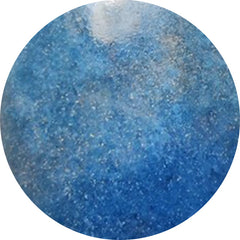 Trolleite quartz (30)
Trolleite quartz (30)
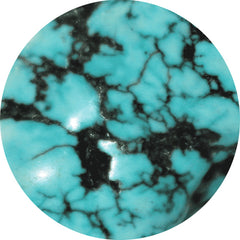 Tumbles (1)
Tumbles (1)
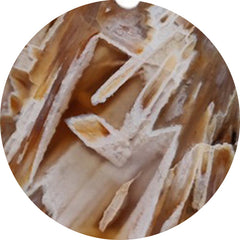 Turkish tube agate (63)
Turkish tube agate (63)
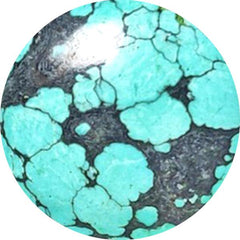 Turquoise (229)
Turquoise (229)
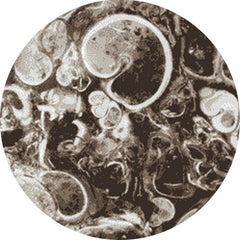 Turritella jasper (3)
Turritella jasper (3)
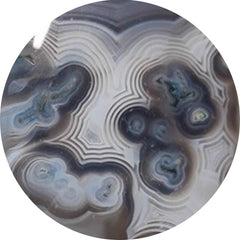 Tuxedo agate (64)
Tuxedo agate (64)
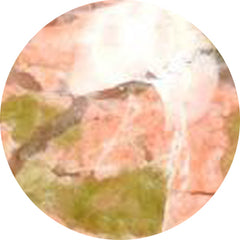 Unakite (3)
Unakite (3)
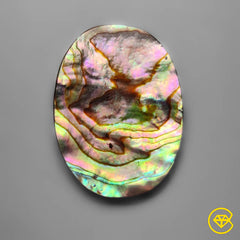 Under $10 (4058)
Under $10 (4058)
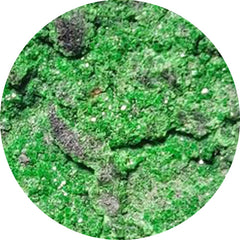 Uvarovite garnet (3)
Uvarovite garnet (3)
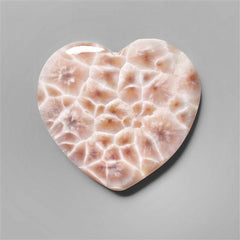 Valentine (802)
Valentine (802)
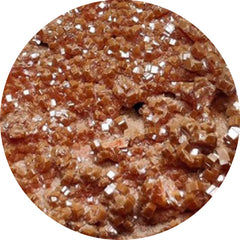 Vanadinite druzy (9)
Vanadinite druzy (9)
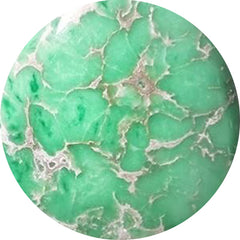 Variscite (137)
Variscite (137)
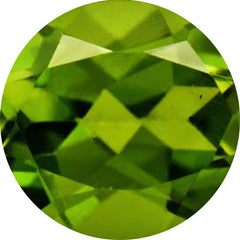 Vesuvianite (1)
Vesuvianite (1)
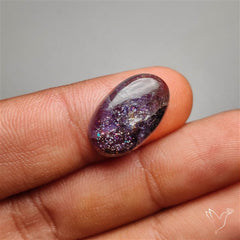 Video collection (265)
Video collection (265)
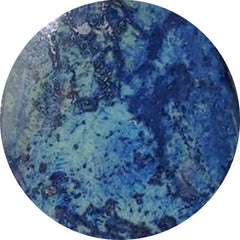 Vivianite (1)
Vivianite (1)
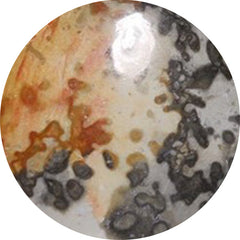 Volcanic cotham marble (7)
Volcanic cotham marble (7)
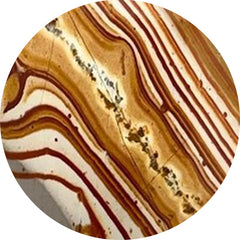 Wagul jasper (3)
Wagul jasper (3)
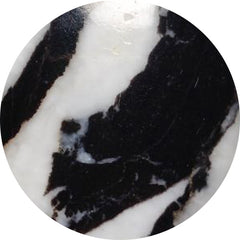 White buffalo turquoise (14)
White buffalo turquoise (14)
 White gemstones (1211)
White gemstones (1211)
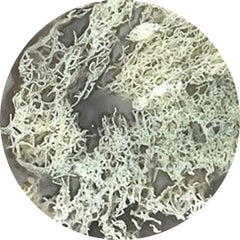 White horse canyon (45)
White horse canyon (45)
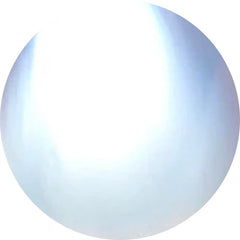 White moonstone (35)
White moonstone (35)
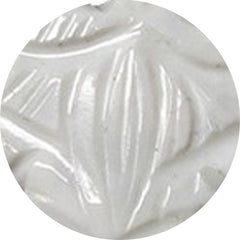 White opal (11)
White opal (11)
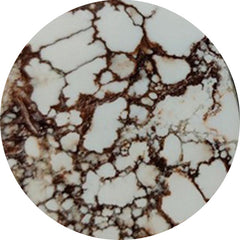 Wild horse jasper (116)
Wild horse jasper (116)
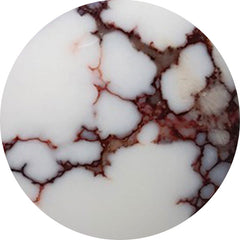 Wild horse magnesite (49)
Wild horse magnesite (49)
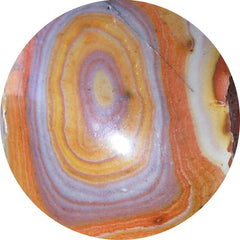 Wonder stone (0)
Wonder stone (0)
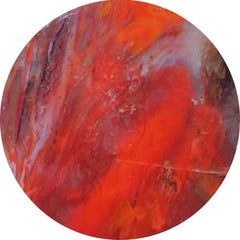 Wood (208)
Wood (208)
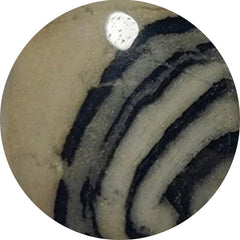 Yavapai travertine (0)
Yavapai travertine (0)
 Yellow gemstones (172)
Yellow gemstones (172)
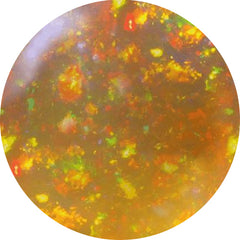 Yellow opal (7)
Yellow opal (7)
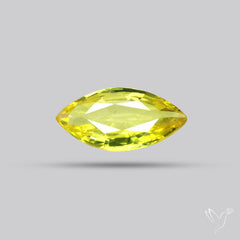 Yellow sapphire (6)
Yellow sapphire (6)
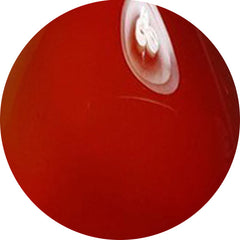 Yemeni aqeeq (0)
Yemeni aqeeq (0)
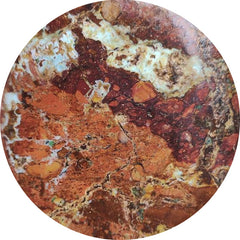 Zarinite (0)
Zarinite (0)
 Zebra jasper (1)
Zebra jasper (1)
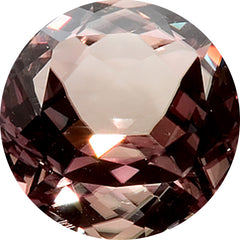 Zultanite (4)
Zultanite (4)
























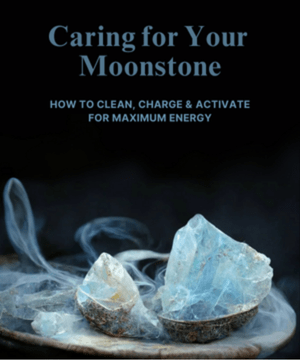



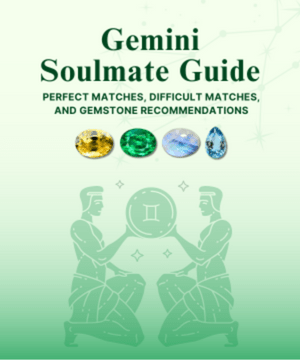
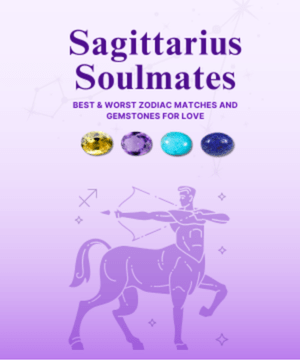
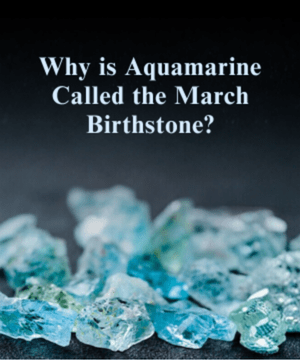
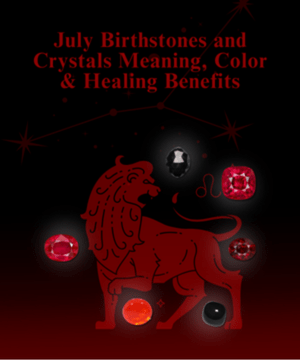
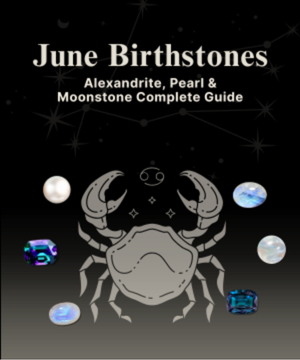


Leave a Comment